By Louise Irvine
'Twas the night before Christmas and all through the house, not a creature was stirring, not even a mouse... But what about the frogs and why were they such a popular theme for Christmas cards in the 19th century? Instead of sending cards this year, Louise is exploring the links between Victorian seasonal humor and the WMODA collection.
Illustrated Christmas cards date from 1843 when Henry Cole, the founder of the V&A museum in London commissioned the first design. They cost a shilling each and a penny to post so sending commercial cards was an expensive proposition. However, advances in printing methods soon brought the prices down and the public appreciated this easy alternative to lengthy Christmas correspondence. Louis Prang is credited with printing the first American Christmas cards in 1875. Initially, he exported the cards to Britain as they were more popular there than in puritanical New England, but the idea soon caught on and by 1881 Prang was printing more than 5 million Christmas cards a year. He commissioned most of his designs from women to encourage female art and he employed more than 100 women as designers, artists, finishers, and embellishers.
Victorian Christmas cards often depict controversial images. The first English card by J.C. Horsley was frowned upon for showing a child drinking wine. The most bizarre seasonal designs showed animals engaged in human activities, including drunk robins and skating frogs. Some are positively macabre and include mice feasting on a dead cat and a frog murder. It’s hard for us today to associate the spirit of the festive season with such gruesome images but many Victorians saw the funny side of anthropomorphic animals in the wake of Darwin’s revelations in his book On the Origin of Species.
Victorians also enjoyed Aesop’s Fables in which animals act and converse as if they were human to exemplify a moral tale. The artist Ernest Griset was highly regarded for his power of investing animals with human attributes and he first visualized the ancient Greek fables in 1869. His illustrated editions were very popular as Christmas books to entertain families around the fireside over the holiday period. Griset’s droll illustrations were obviously familiar to George Tinworth, the first Doulton artist. In the early 1880s, he modeled several stoneware pieces depicting Aesop’s fables. Apparently, these morality tales were his favorite reading apart from the Bible. One of Tinworth’s strangest models at WMODA features the fable of a lady frog puffing herself up to be as big as an ox. The moral of the tale is to aim high but do not attempt the impossible.
In classical mythology, frogs were associated with fertility and licentiousness but in medieval Europe they were regarded as harbingers of death or doom. Croak has long been a slang expression for dying. Toads with their rough warty skins were said to be the familiars of witches and they were associated with heretics and sinners. The word “toady” derives from the mountebank’s assistants in the 17th century, who pretended to eat poisonous toads so that they could be “cured” by the charlatan quack doctors. In Renaissance art, frogs were regarded as potent symbols of rebirth because of their shape-shifting transformation from spawn to tadpole to amphibian. One interpretation of the sinister Christmas card with the murdering frog is that it symbolizes Christ’s birth and resurrection with Judas as the mugger.
Like many of his contemporaries, George Tinworth would have been amused by animals illustrating human foibles and Victorian Christmas cards do not seem so strange in the light of his whimsical sense of humor. Apparently, he began to model mice as menu holders and paperweights after the cheeky little rodents invaded his studio and he could not bear to trap them. He gave them names and they assumed human personalities in his imagination.
Tinworth’s first character mice were produced for the 1884 Exhibition of Inventions and Music and he created forty different models playing a wide variety of instruments. They proved so successful that he soon envisaged lots of other amusing activities for his little mice. Henry Doulton was particularly enthusiastic about these humorous animal groups as conversation pieces for his dinner parties and he commissioned models for his friends and family as well as a range for the Doulton showroom.
Tinworth’s musical mice perform together in his Christmas Waits spill holder at WMODA. Waits were bands of street musicians who formed during the holiday season to play carols around their community in hopes of raising money. The performances were variable and not always appreciated as can be seen in the Waits Water group at WMODA and in humorous Christmas cards of the Victorian era.
Frogs often joined in the fun and tended to play a more boisterous role in Tinworth’s compositions. Mrs. Tinworth’s diary from 1888 records some humorous frogs carrying a lady mouse to the opera in a sedan chair and returning home drunk. She also describes Tinworth’s frog reading a book as “most comical.” This piece was inscribed “In Memory of the Public Libraries Act”, which was a reference to the educational reform of 1850 when English boroughs could establish public libraries. Dozens were set up during Queen Victoria’s Golden Jubilee in 1887.
It is unusual to see one of Tinworth’s frogs enjoying such a leisurely pursuit as reading. Mostly they engage in sporting activities. A Doulton archive photograph of the Humorous Exhibition in 1889 shows Tinworth’s frogs riding on a penny-farthing, paddling in a canoe, and playing cricket. They are jockeys riding on mouse-back in Going to the Derby and The Steeplechase, and they steer seasick mice across the English Channel. Sometimes frogs and mice are antagonists in Tinworth’s groups, as in The Combat and The Tug of War. It may be that Tinworth was familiar with the ancient Greek comic epic poem, the Battle of the Frogs and Mice. Batrachomyomachia, a parody of Homer’s Illiad, was well known in Victorian libraries. Understanding more about Victorian culture and values gives us greater insights into the subject matter of their quirky Christmas Cards and perhaps they do not seem so bizarre in the context of Tinworth’s art and humor.
Frogs and toads continued to be popular in the 20th century thanks to Kenneth Graham’s The Wind in the Willows, which was published in 1908. The children’s classic began as bedtime stories about anthropomorphized animals messing about in boats on the River Thames. Mole and Ratty meet Toad of Toad Hall, who is rich, jovial, and kind-hearted but conceited and fixated on new fads. He is obsessed with motor cars which he crashes frequently. He ends up in prison and escapes dressed as a washerwoman as depicted in the Doulton stoneware figure by Francis Pope at WMODA.
One of the oldest German folk tales is the story of the Frog Prince who wins the heart of a beautiful princess, despite his repulsive appearance, and is transformed back into a handsome prince. The Grimm Brothers fairy tale was one of the most popular fairy tales of the 19th century and has been reprised many times. The German porcelain factory, Rosenthal, produced some beautiful figurines of the frog and the princess, which can be seen in the Fantastique exhibition at WMODA.
Collecting pottery and porcelain frogs has been popular since Victorian times as can be seen in the many desirable examples that were produced, particularly in colorful Majolica ware. Humorous Victorian frogs inspired some recent designs by the Ardmore Studio, which are currently for sale in our Safari for the Soul exhibition. The world’s largest frog, the African Goliath measures 13 inches in body length alone excluding the legs, and weighs up to 7 pounds. Frog’s legs were such an appreciated dish in Africa that the Goliath was poached to the brink of extinction. In the parched regions of Africa, some species have a rain croak when they perceive air humidity before a rainfall. Consequently, they have been celebrated in some parts of Africa as bringers of the rain.
Frogs and toads continue to star in popular culture today, notably Kermit the Frog, and they can still be found on Christmas Cards. Greeting Card Universe has reissued the vintage Prang frog chorus design and they have Yule frogs kissing under the “Mistle Toad” with punning holiday messages. “Have a Hoppy New Year”!
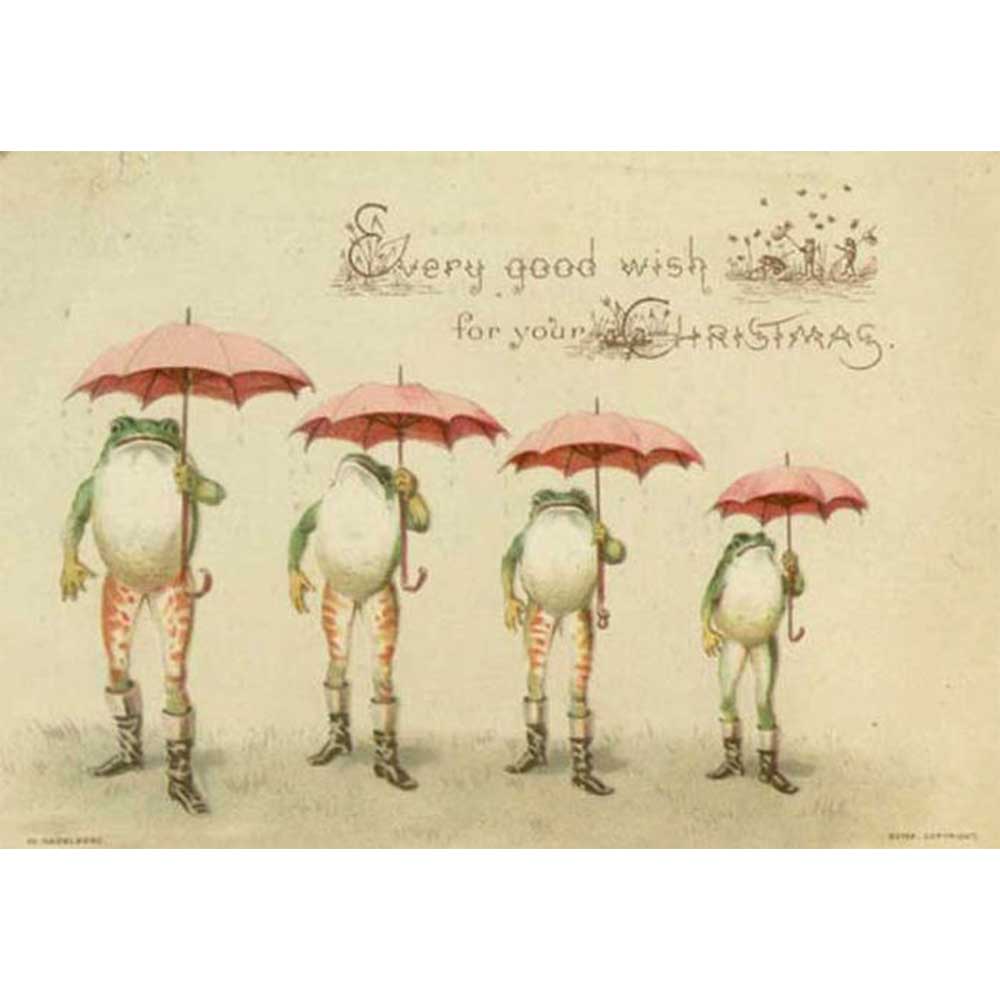
Every Good Wish
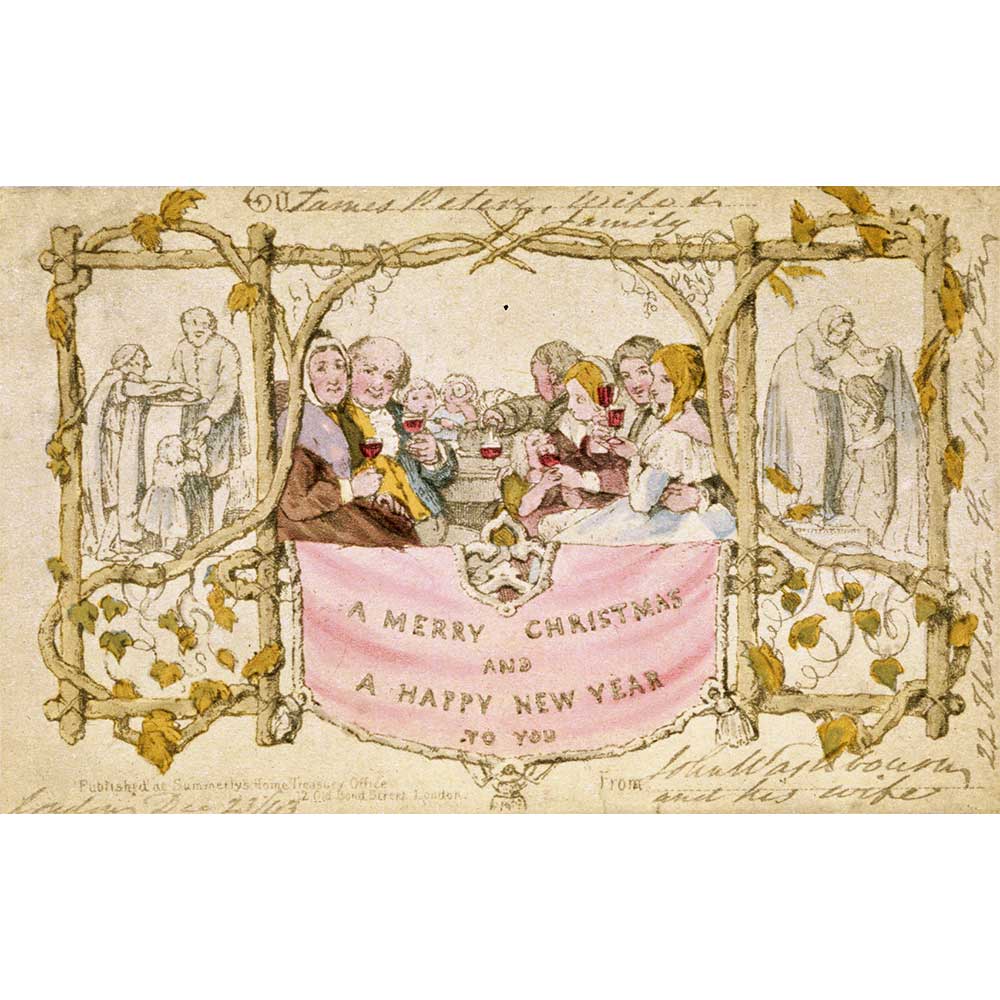
First Christmas Card
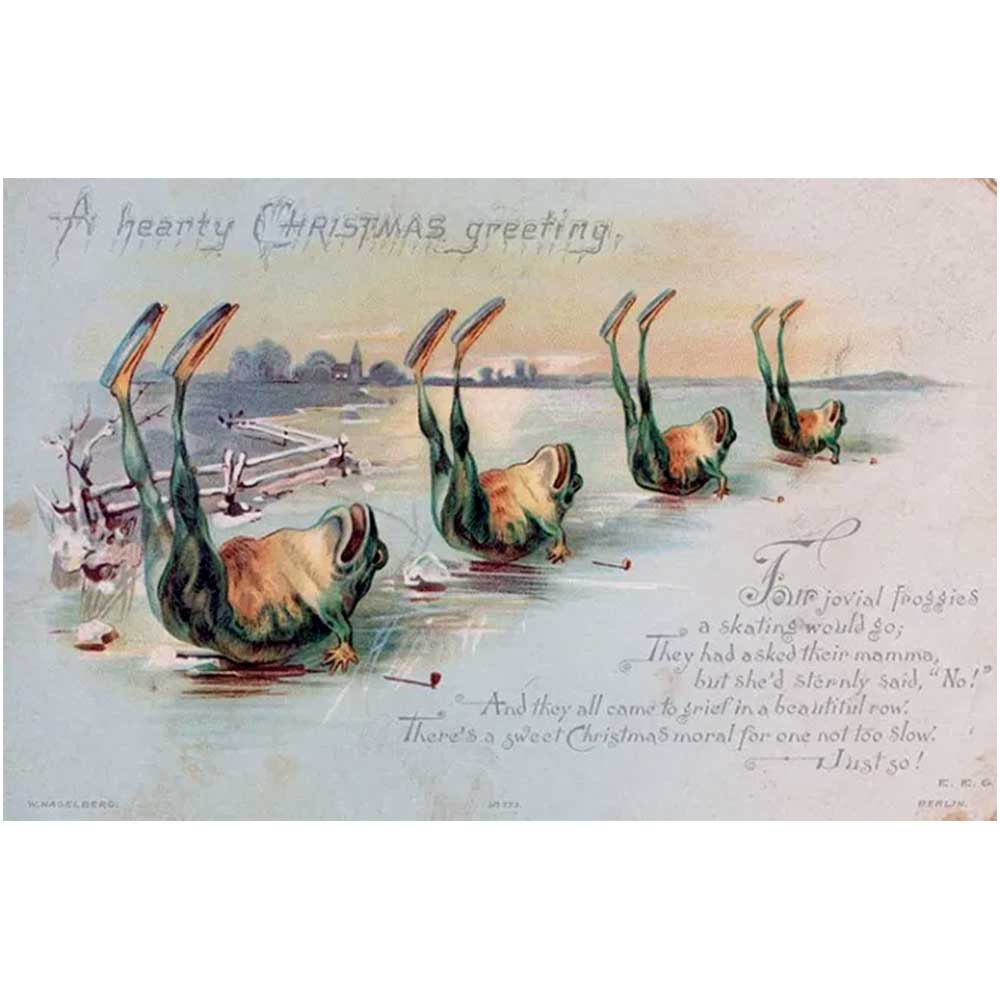
Skating Frogs
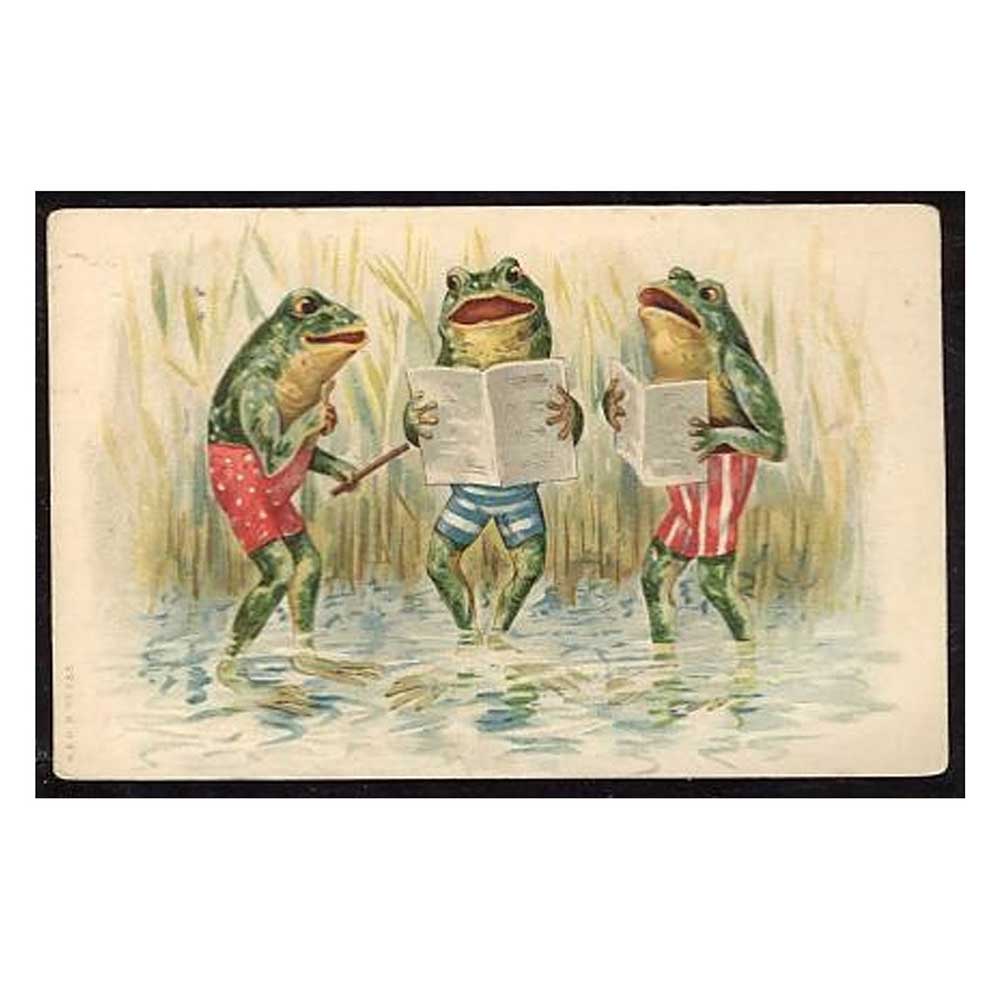
Singing Frogs
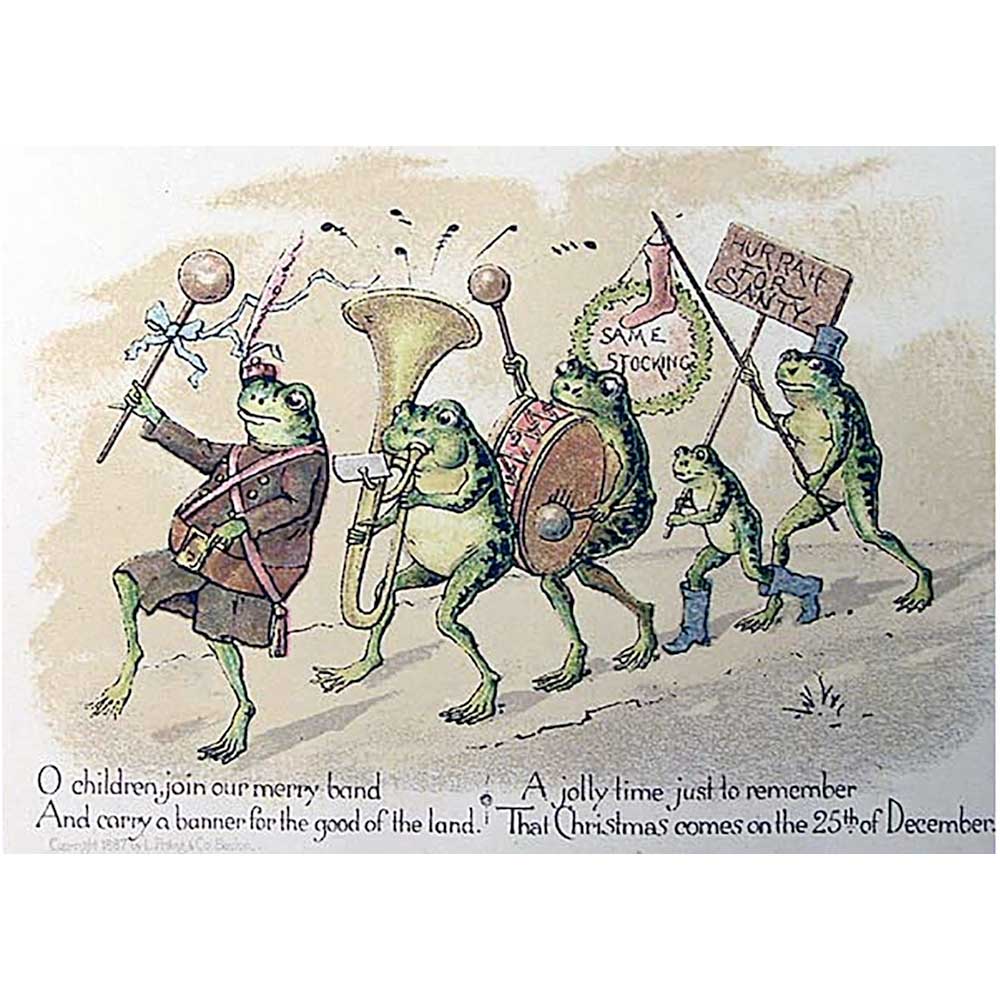
Prang Frog Chorus Card 1887
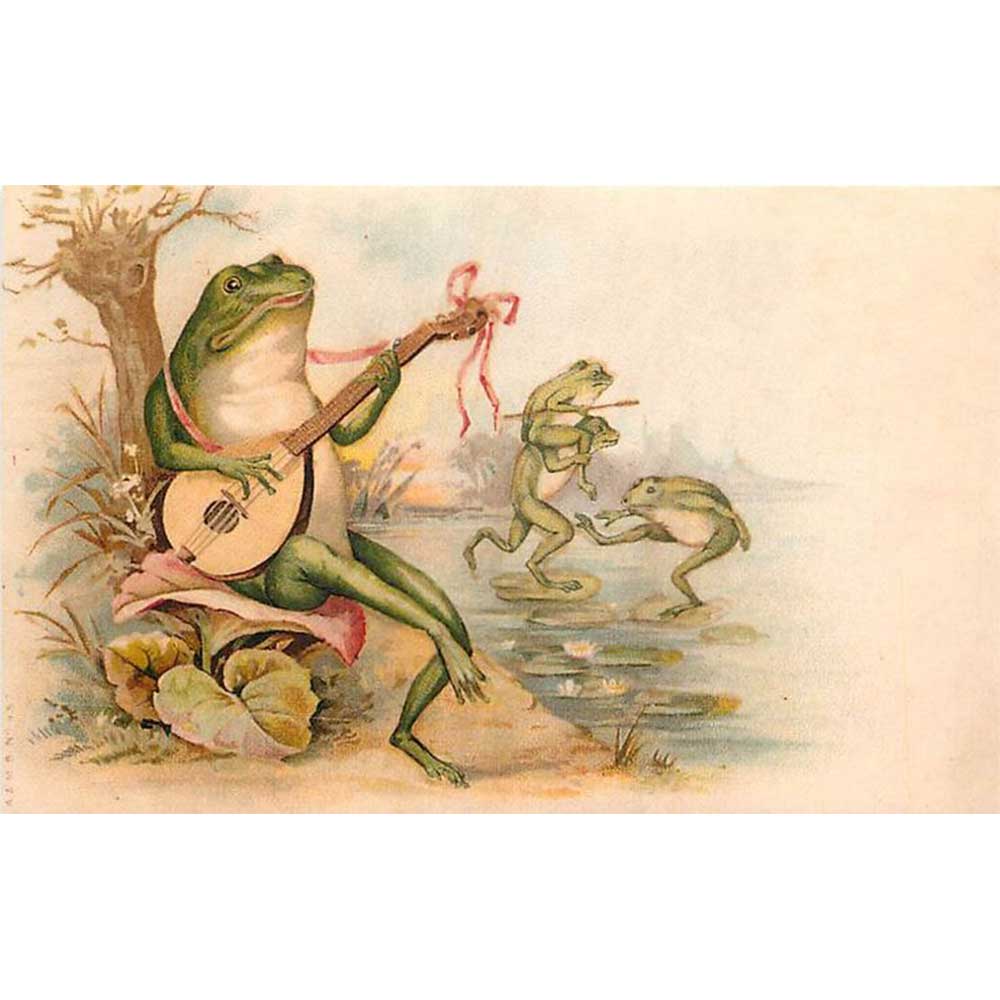
Musical Frog
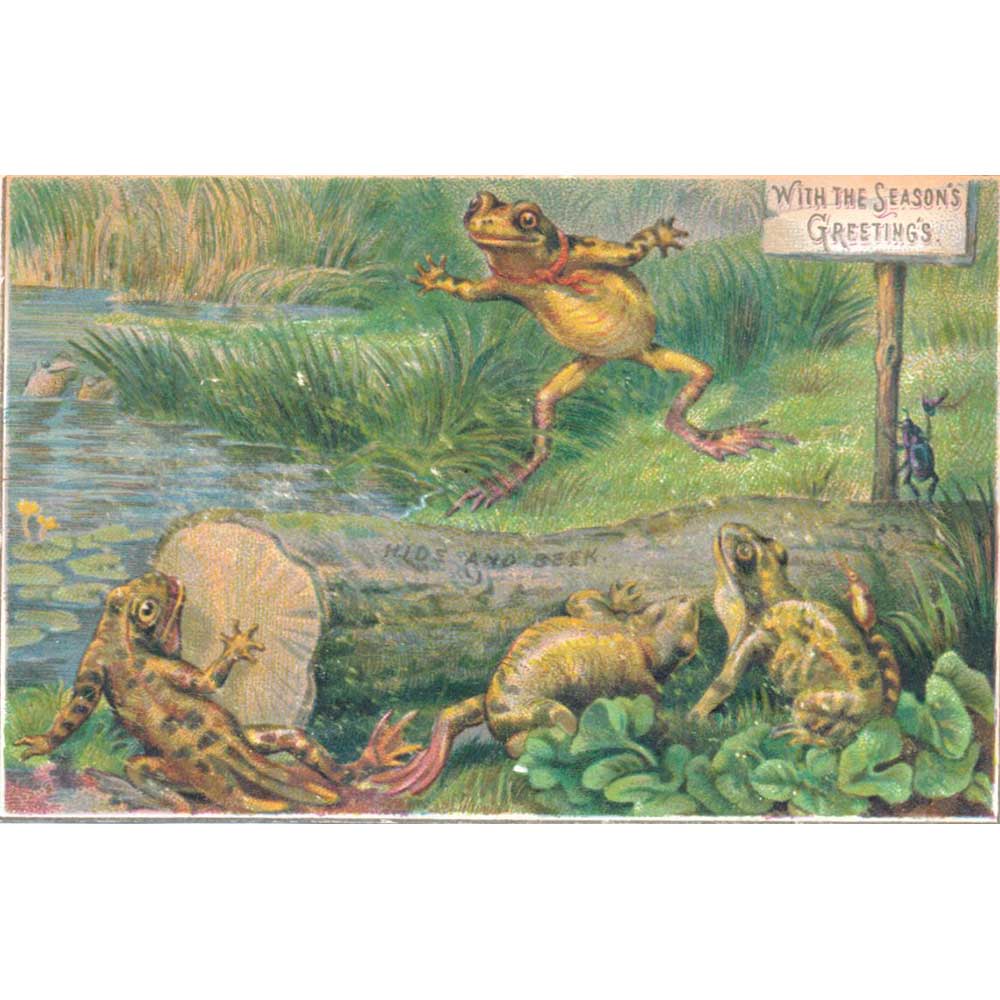
Hide and Seek Frogs
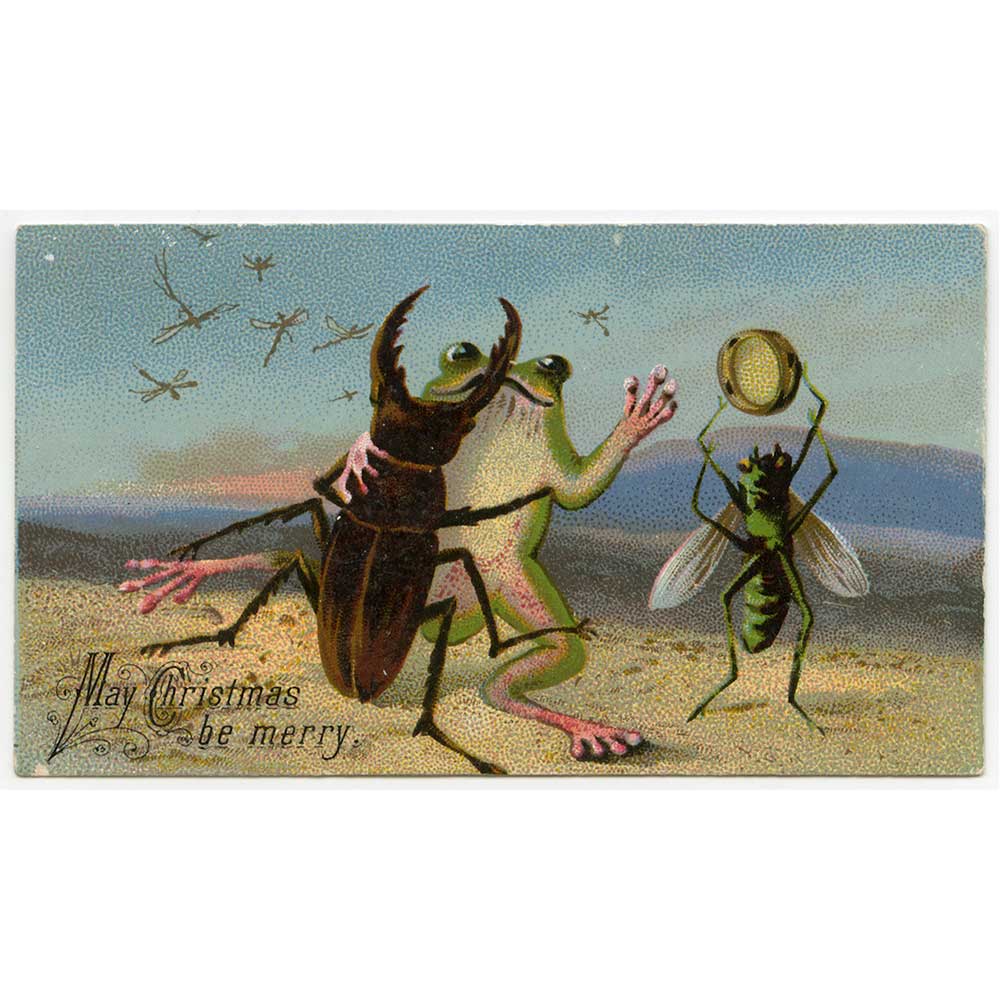
Frog & Beetle Dancing
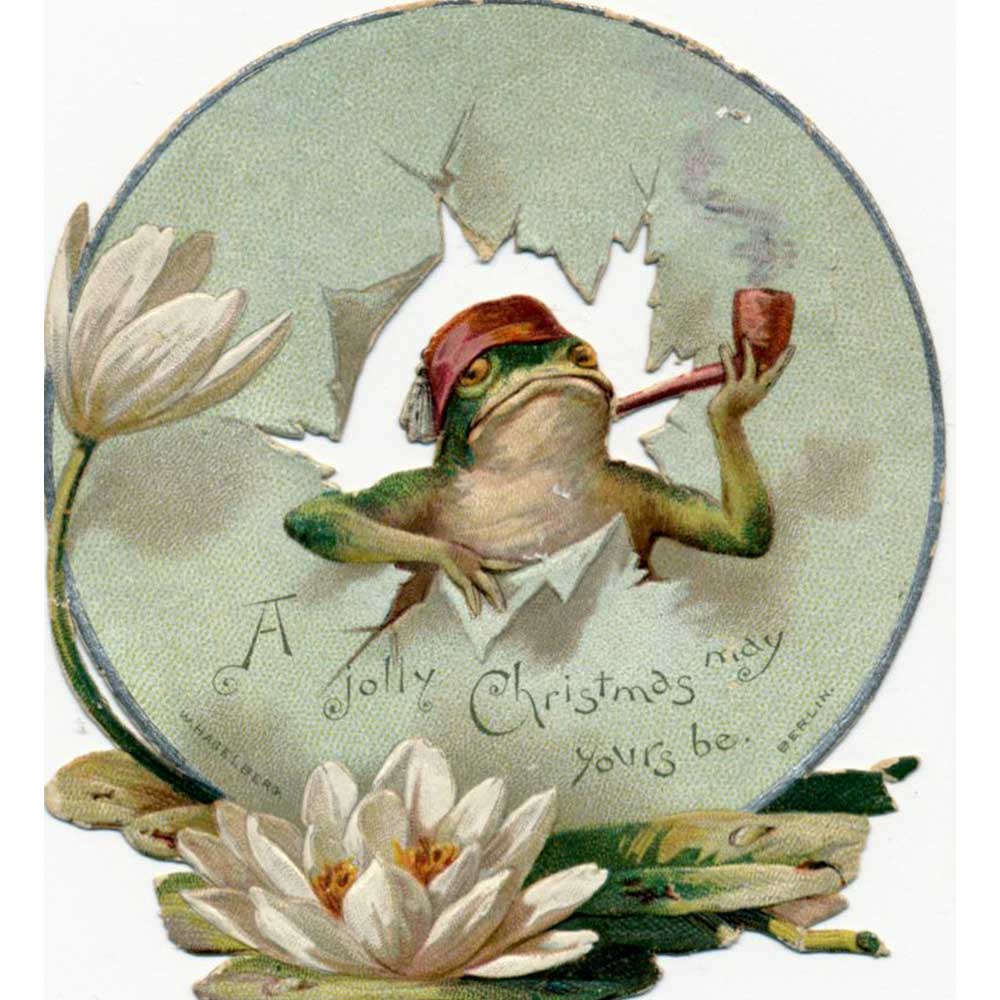
Smoking Frog
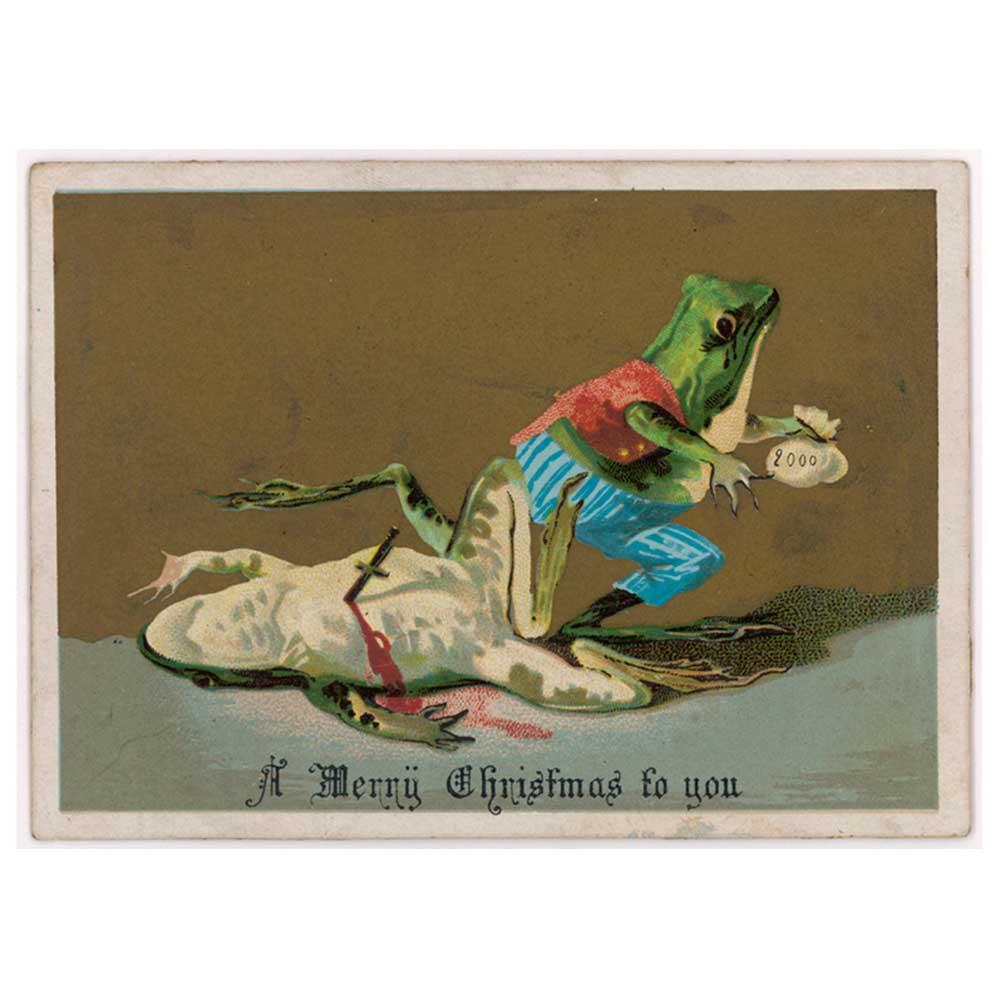
Frog Murder
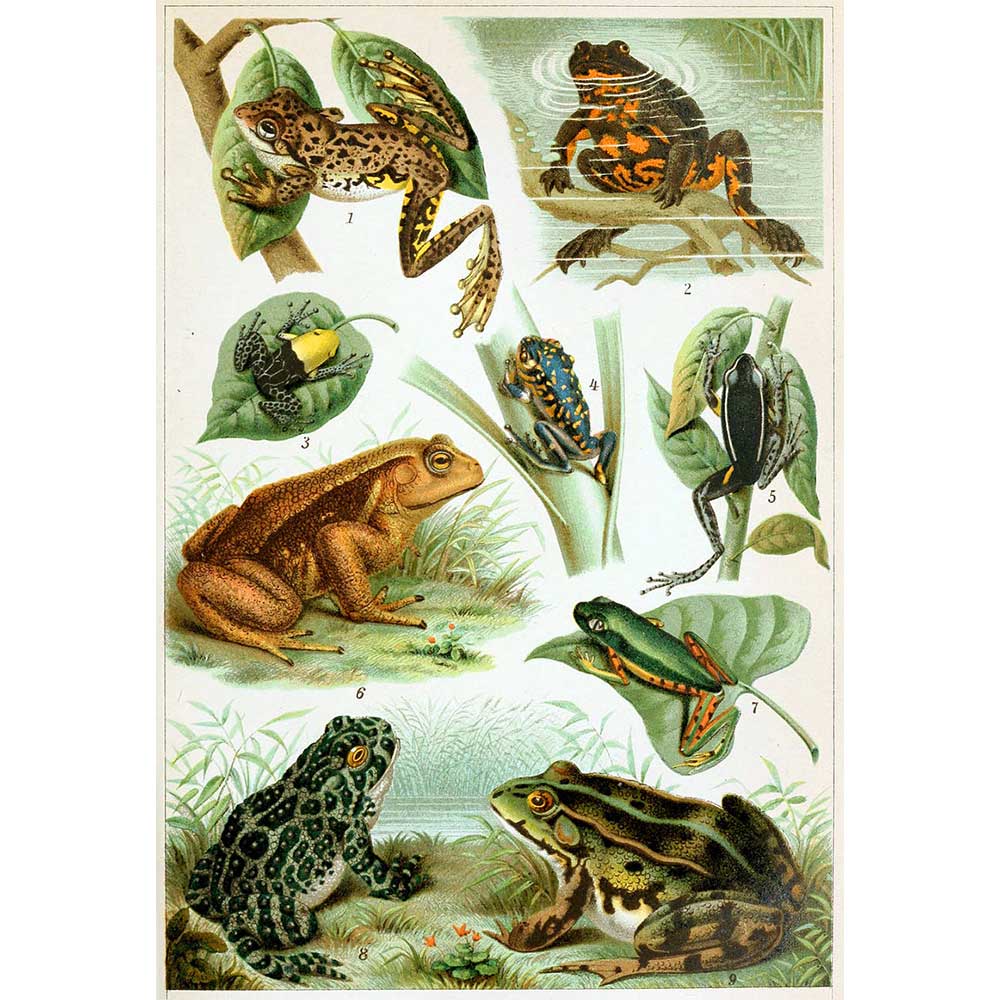
Anoures
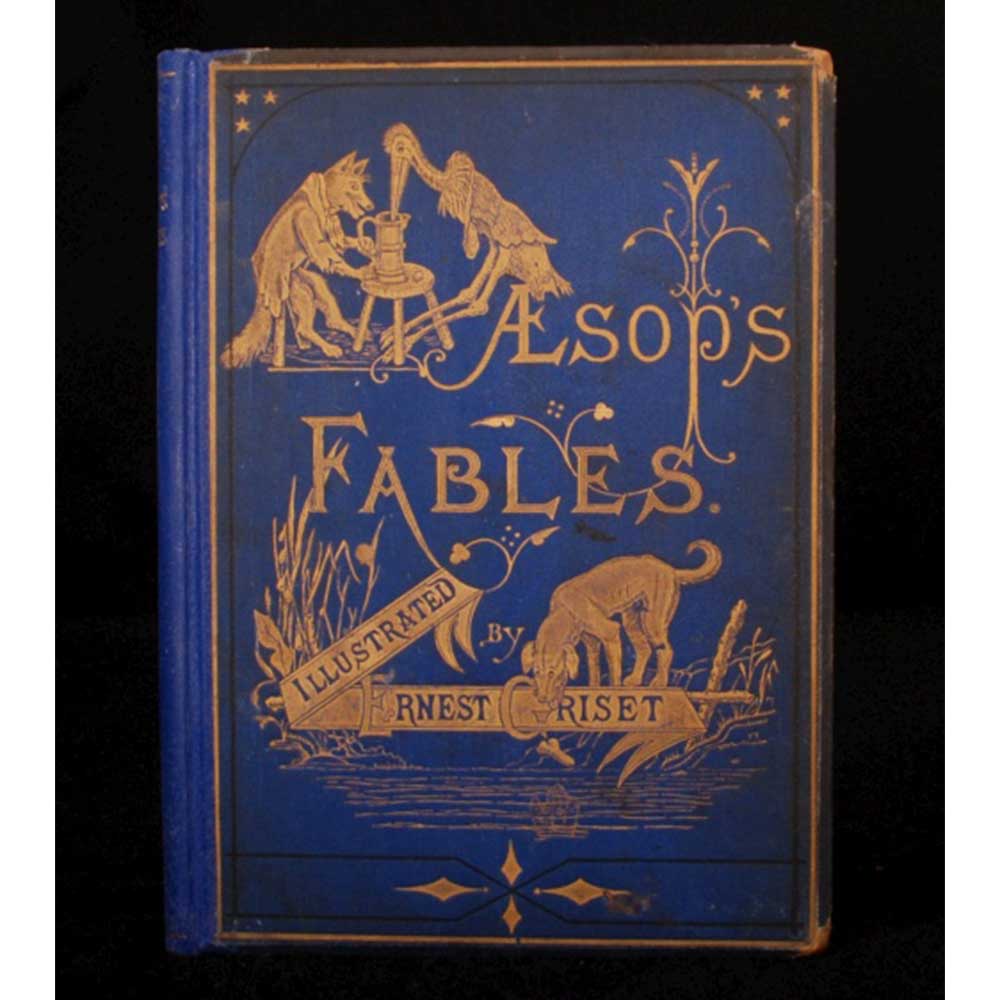
Aesops fables illustrated by E. Griset
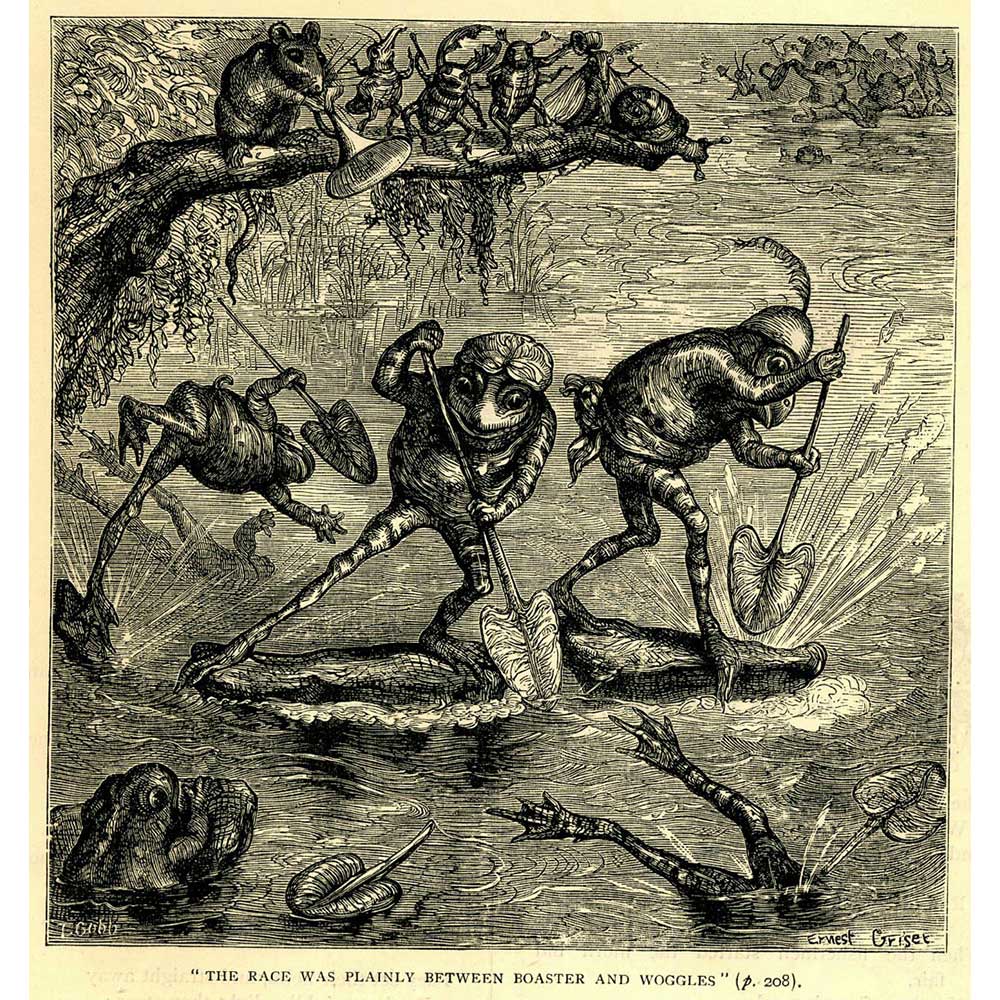
Frogs illustrated by E. Griset
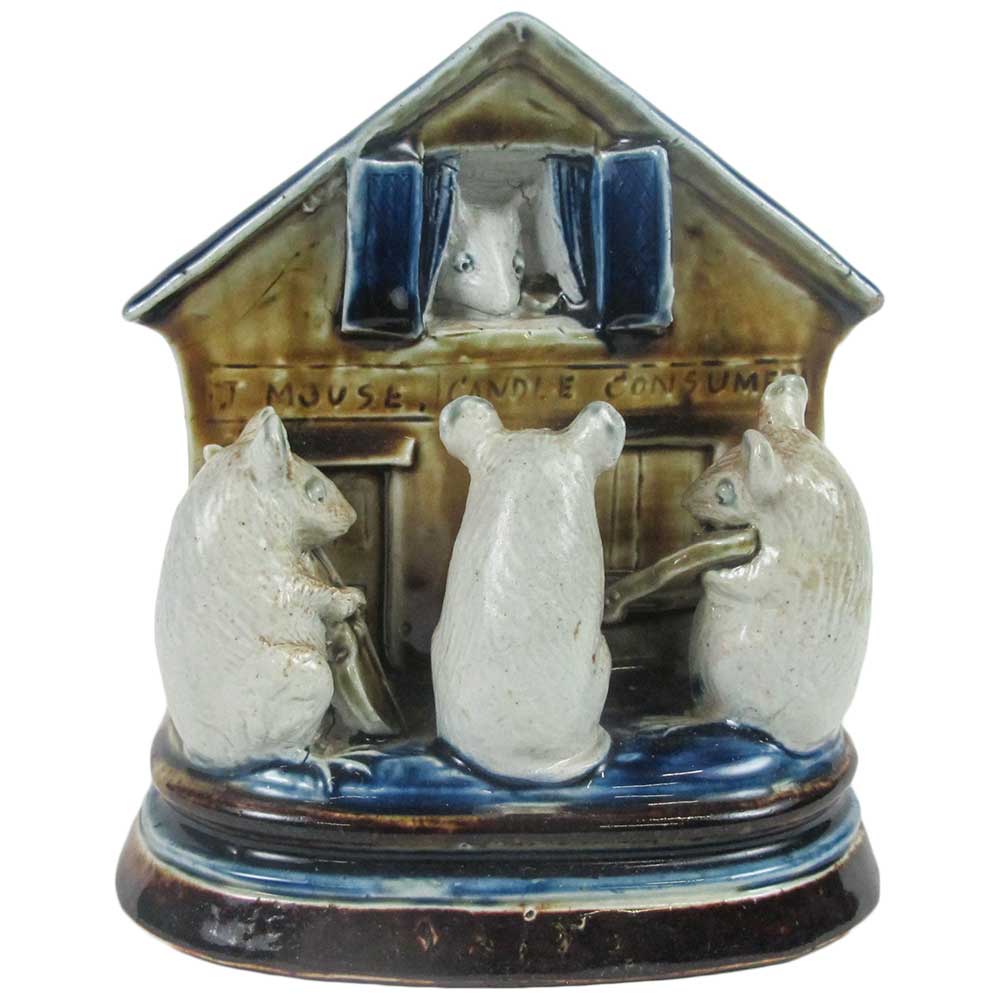
Doulton Christmas Waits by G. Tinworth
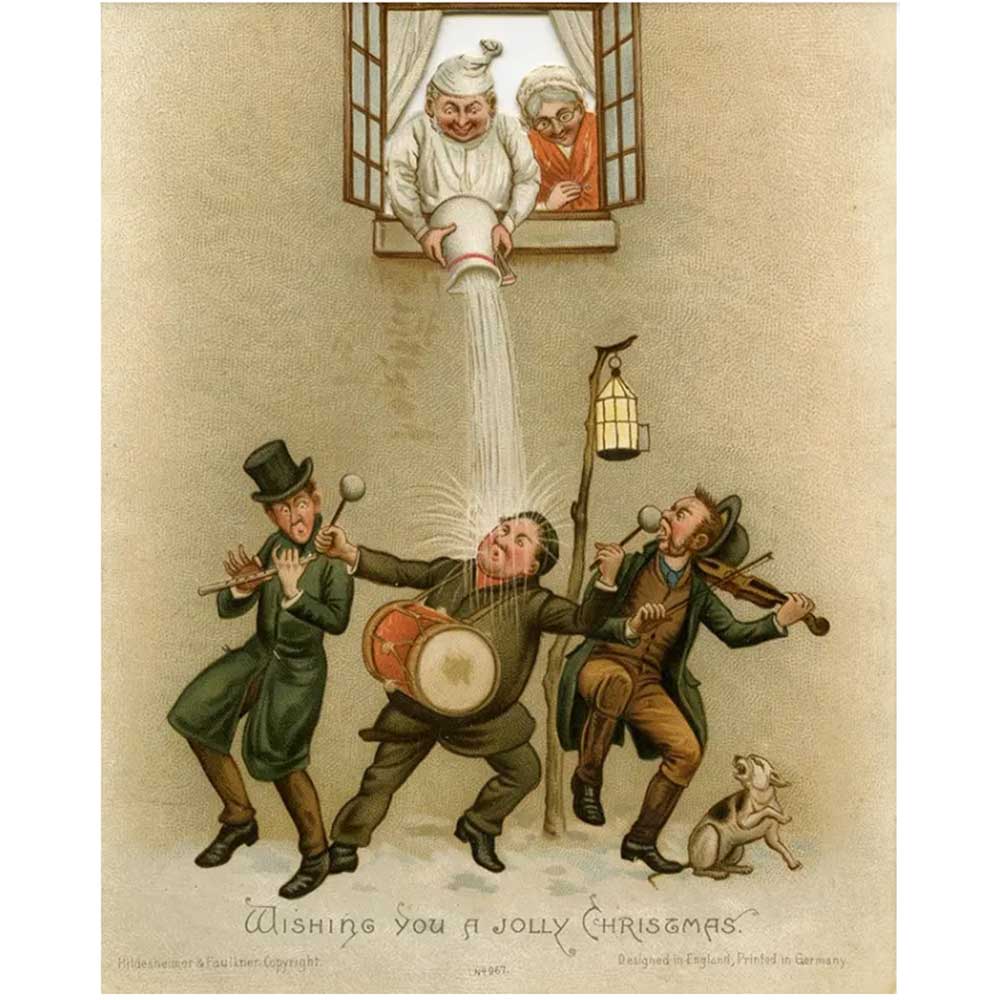
Jolly Christmas Waits
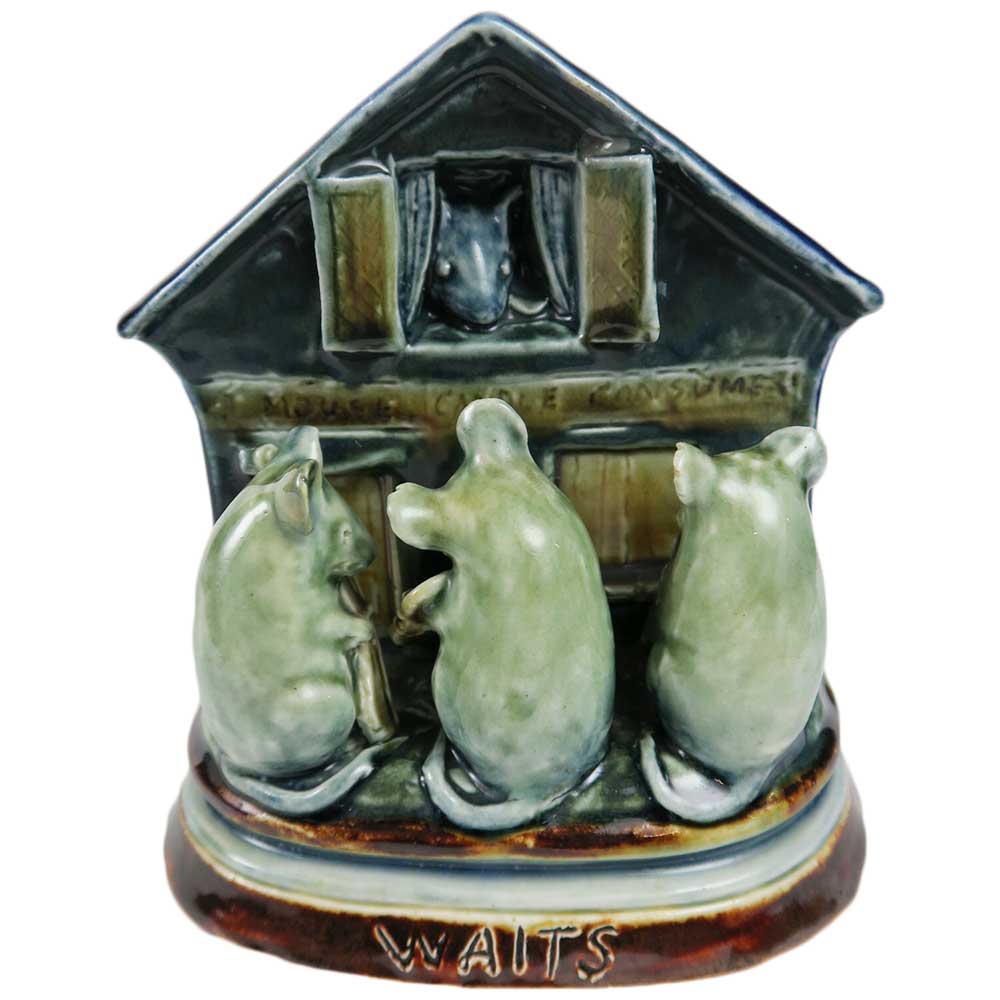
Doulton Christmas Waits by G. Tinworth
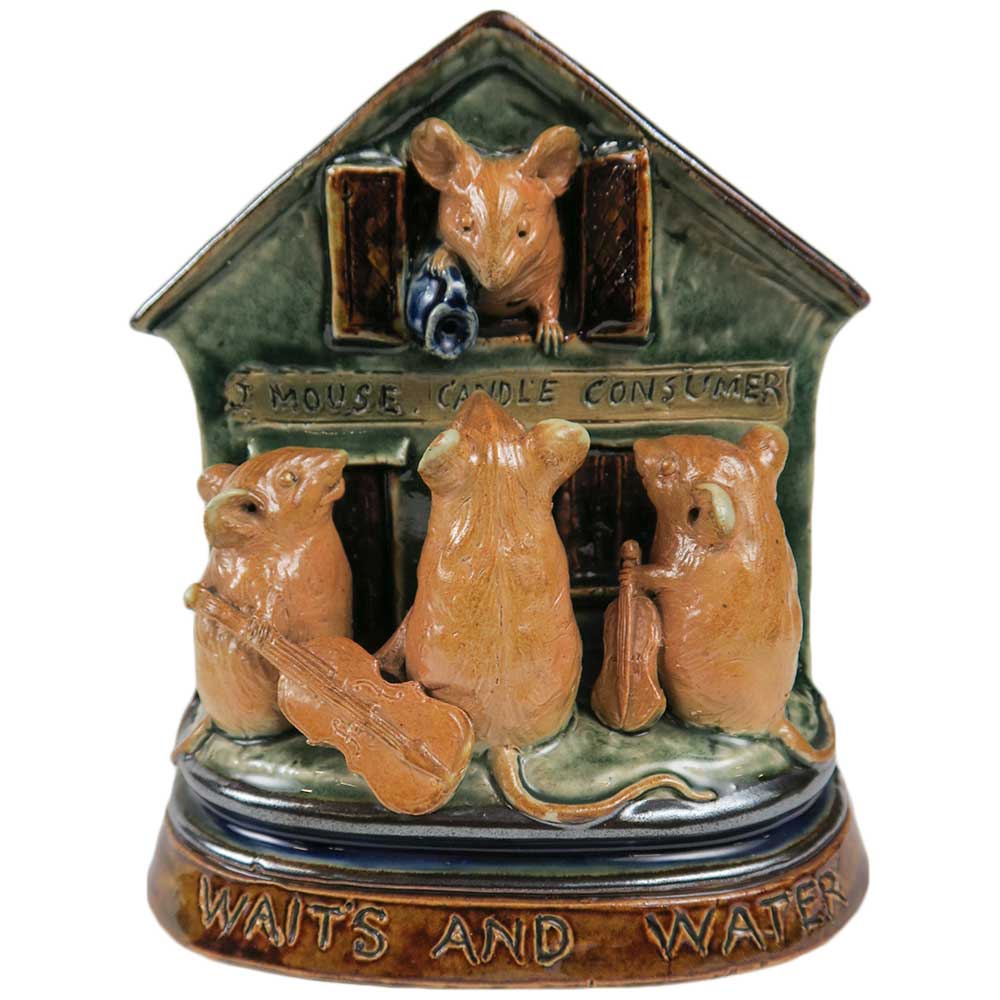
Doulton Waits & Water by G. Tinworth
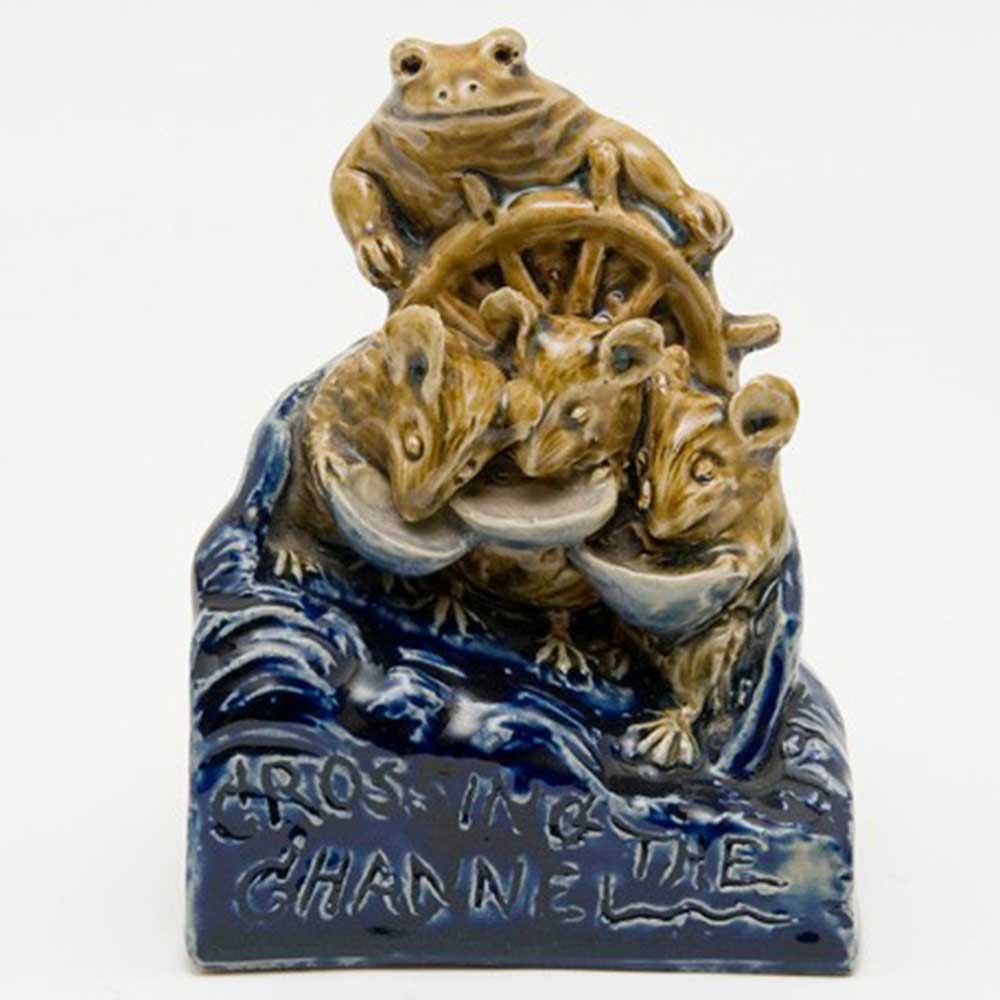
Doulton Crossing the Channel by G. Tinworth
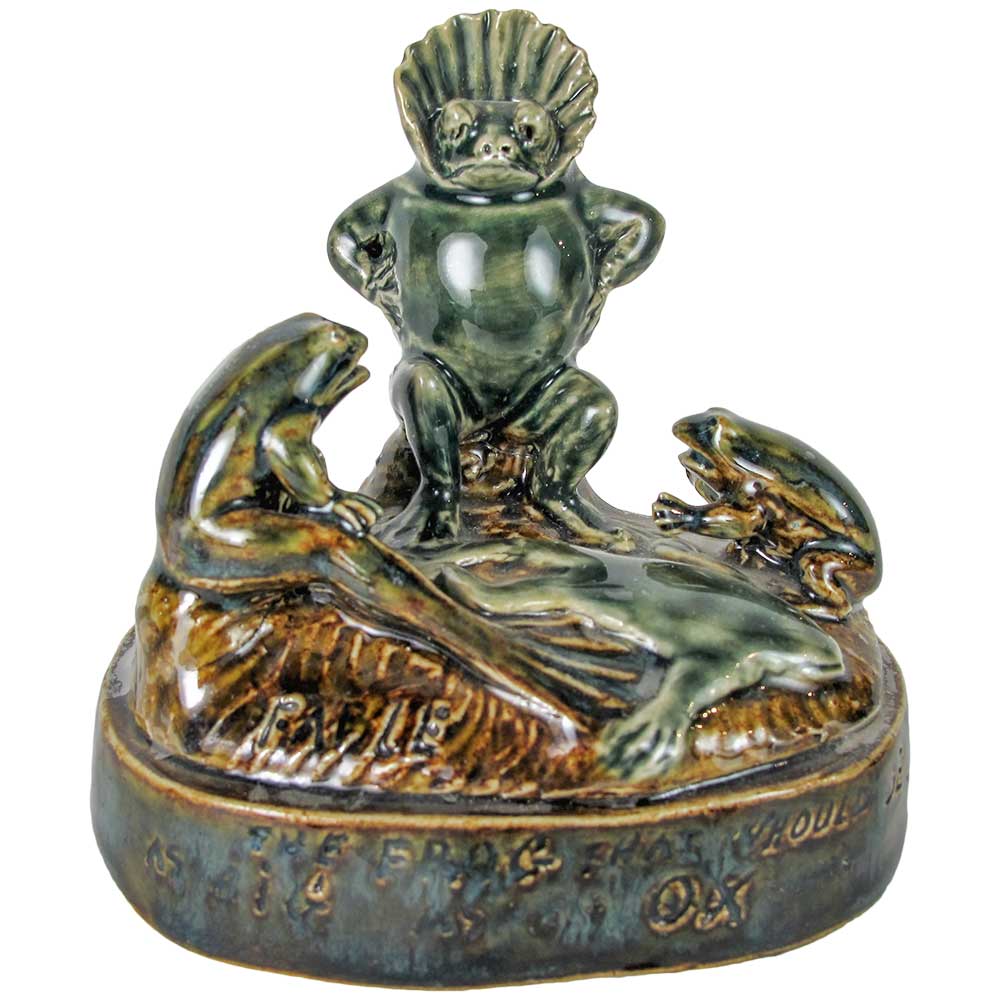
Doulton Frog & Ox Fable by G. Tinworth
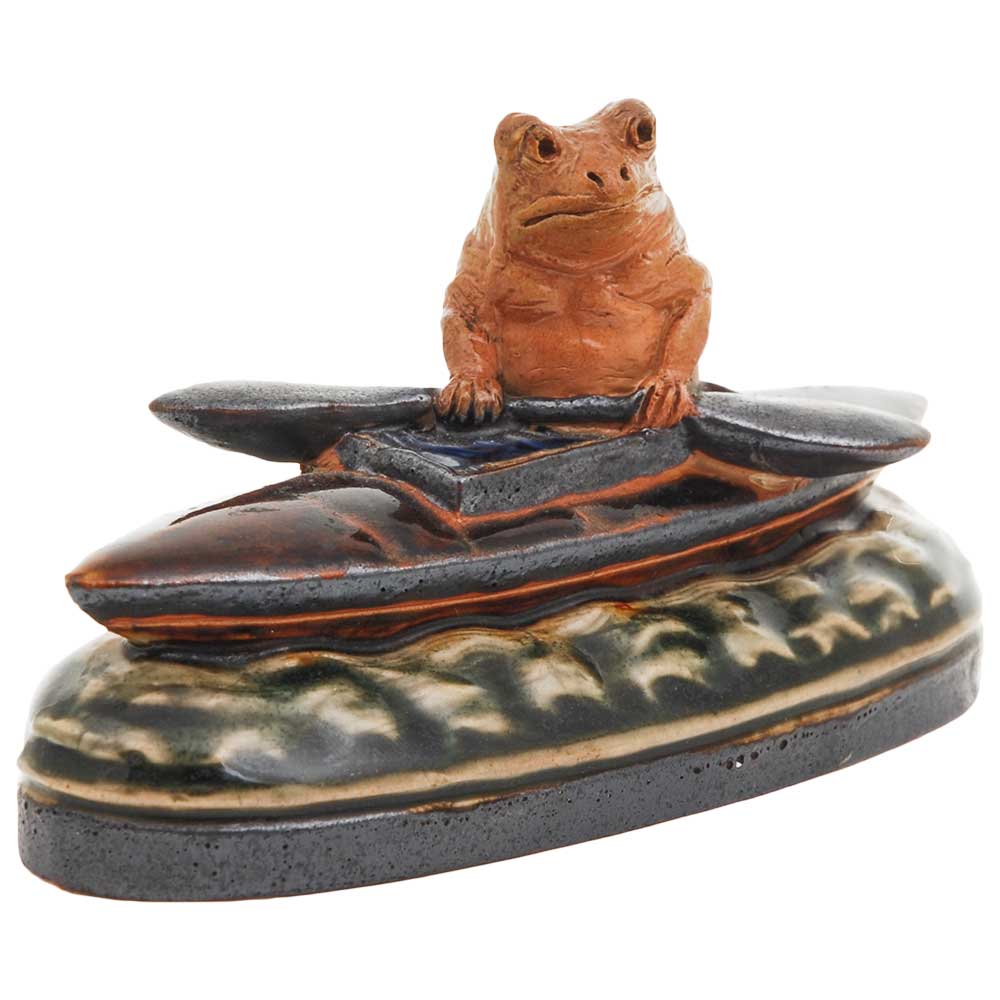
Doulton Frog by G. Tinworth
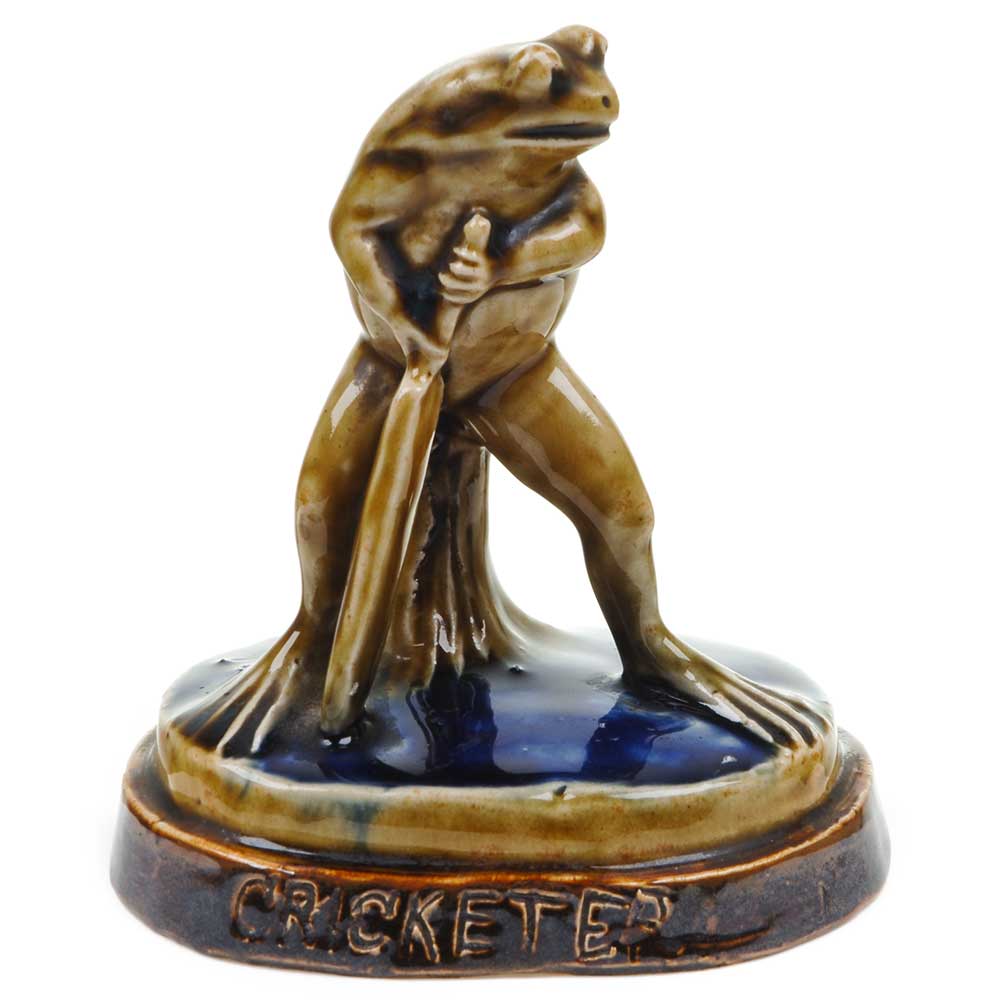
Doulton Cricketer by G. Tinworth
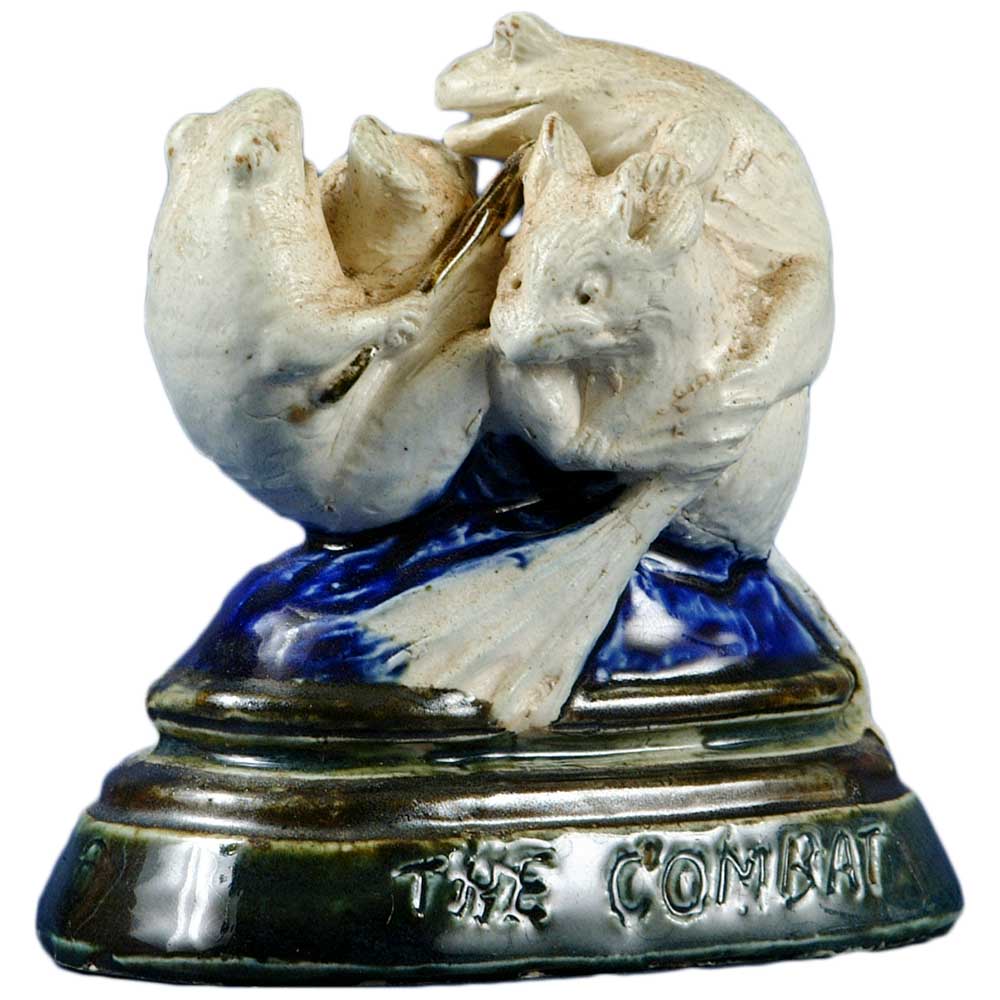
Doulton Combat by G. Tinworth
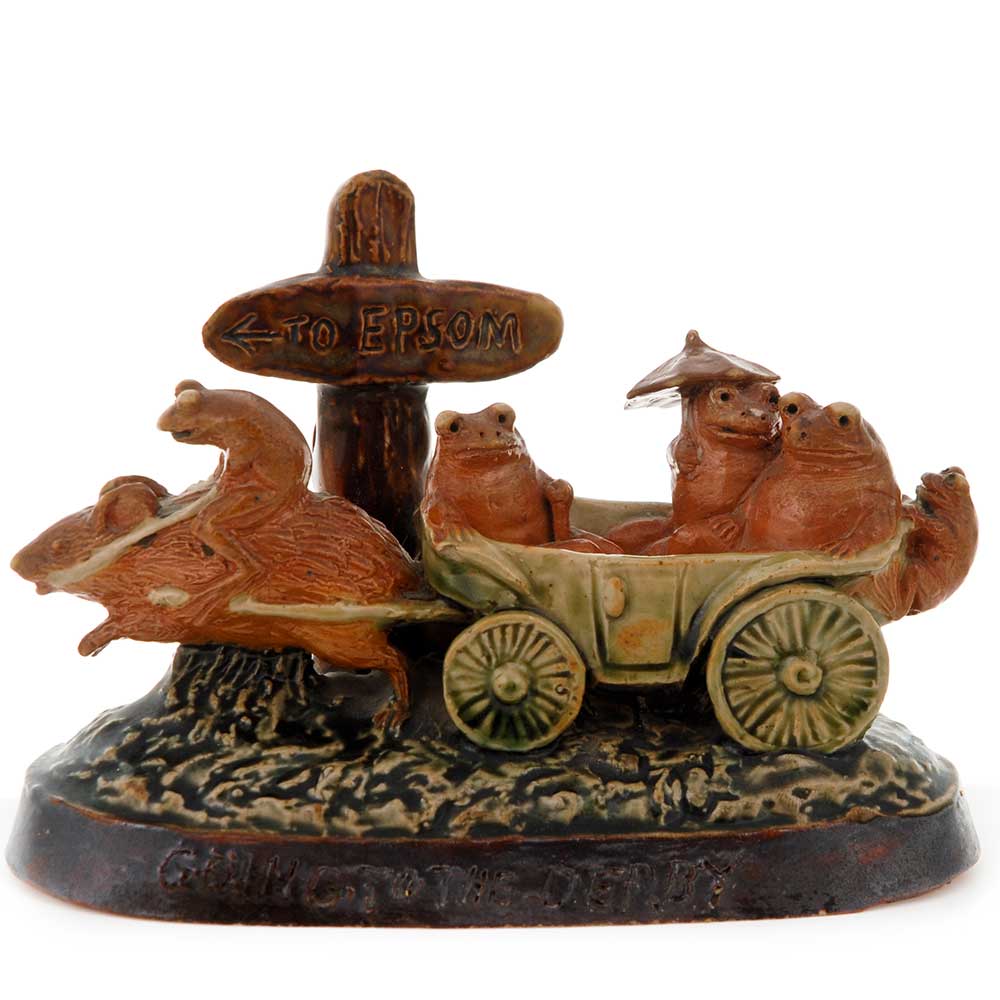
Doulton Going to the Derby by G. Tinworth
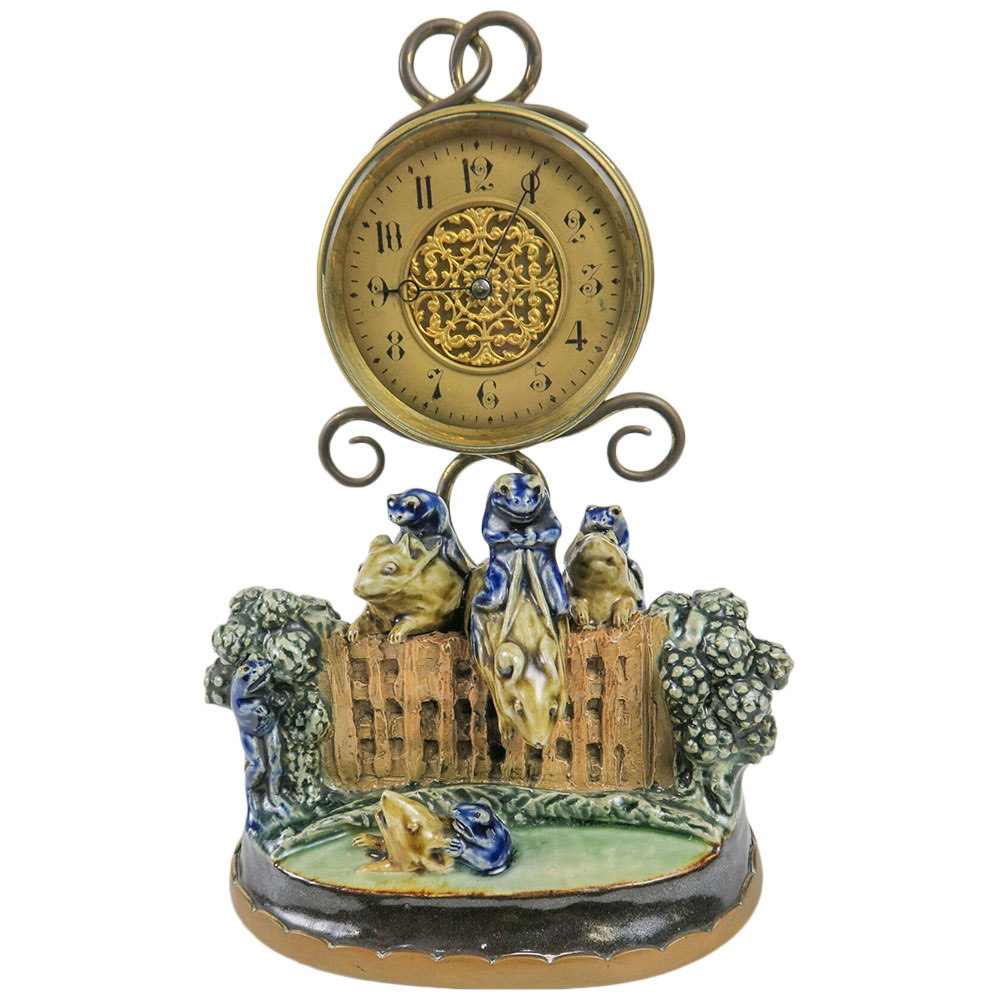
Doulton The Steeplechase by G. Tinworth
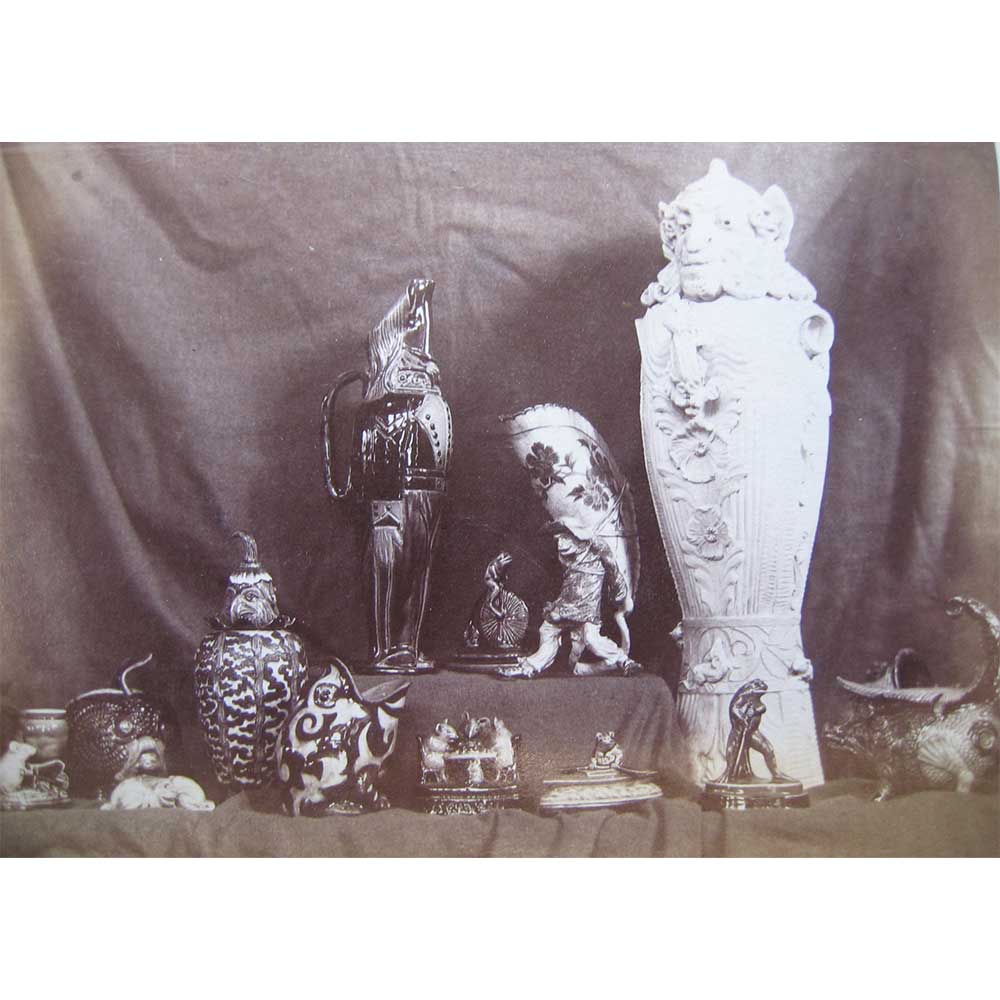
Doulton Humorous Exhibition 1889
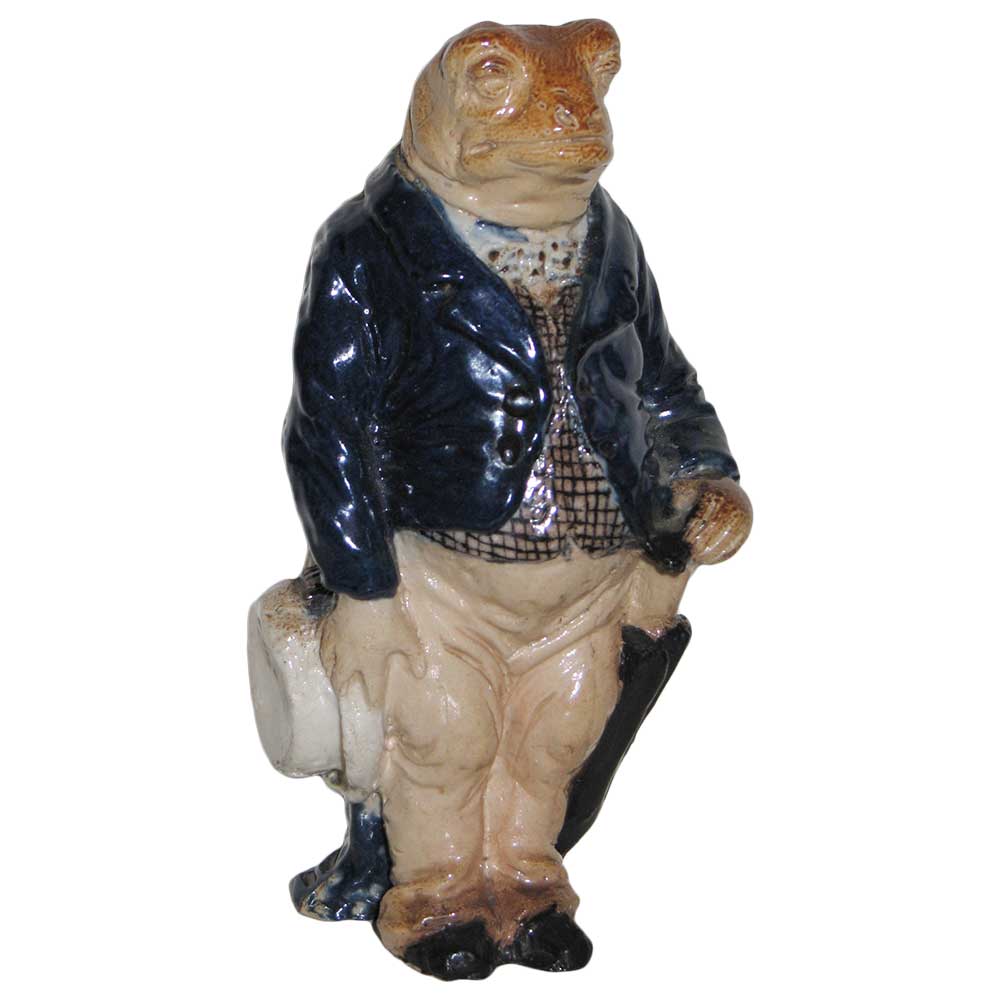
Doulton Mr. Toad by F. Pope
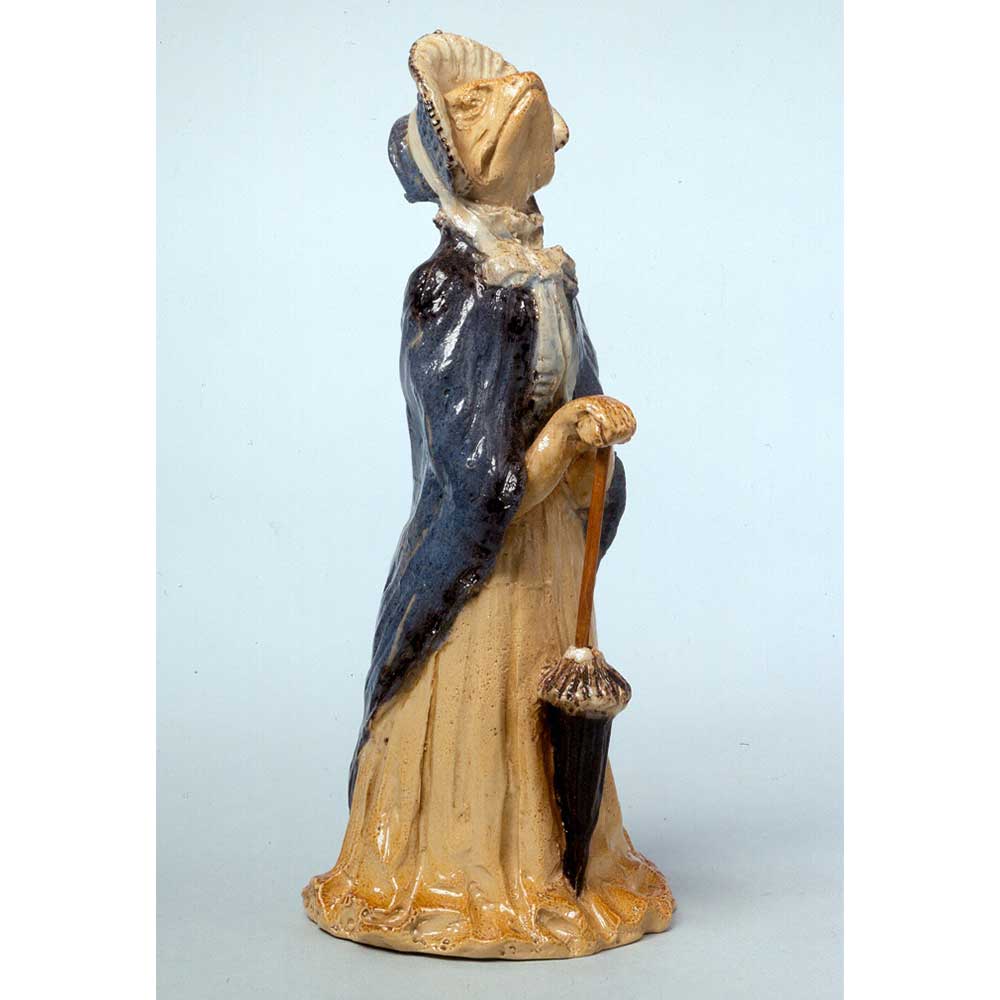
Doulton Mr. Toad as Washerwoman by F. Pope
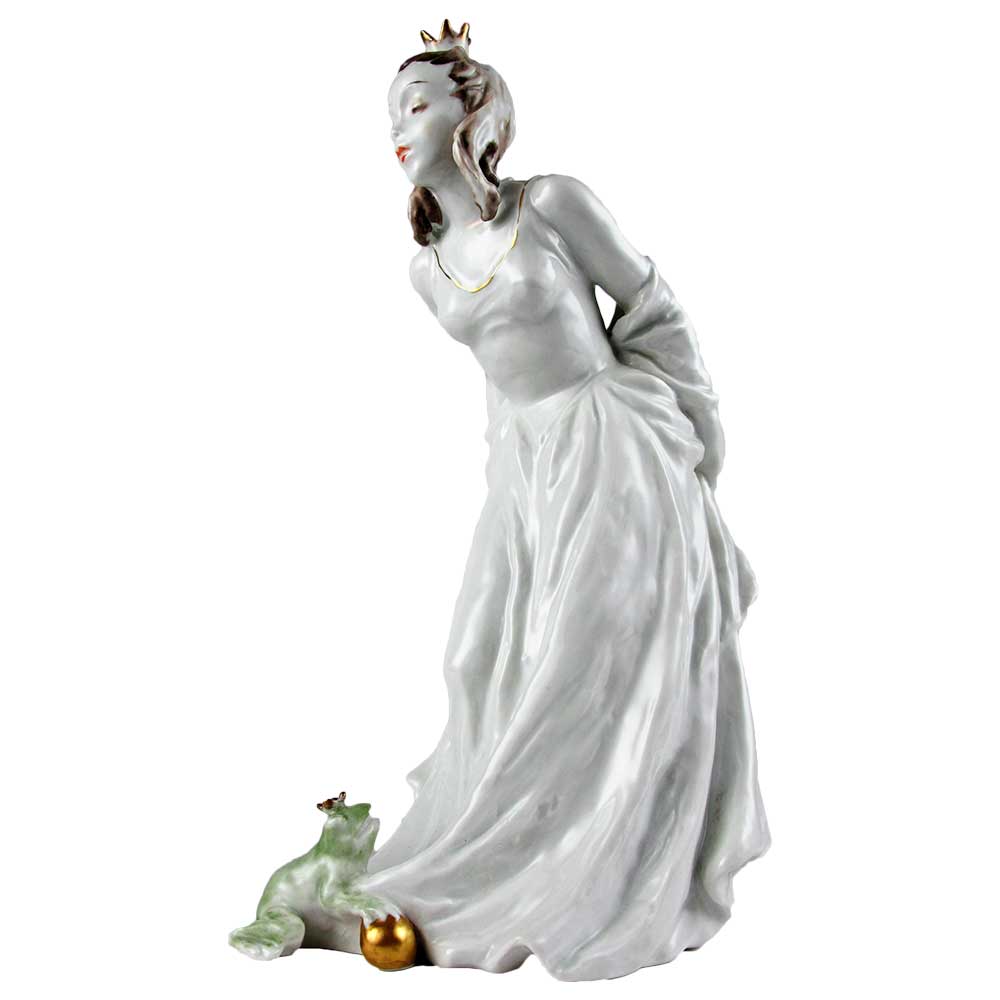
Rosenthal Frog Princess
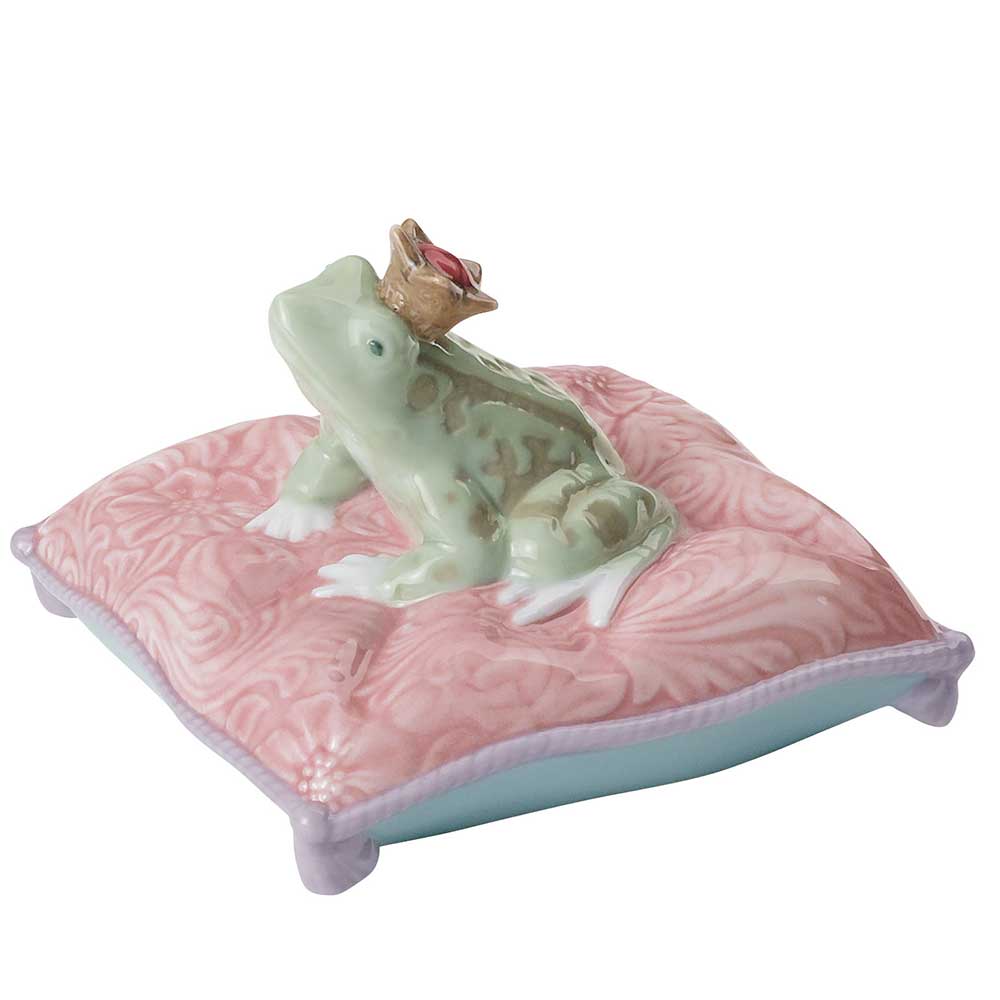
LLardro Enchanted Prince
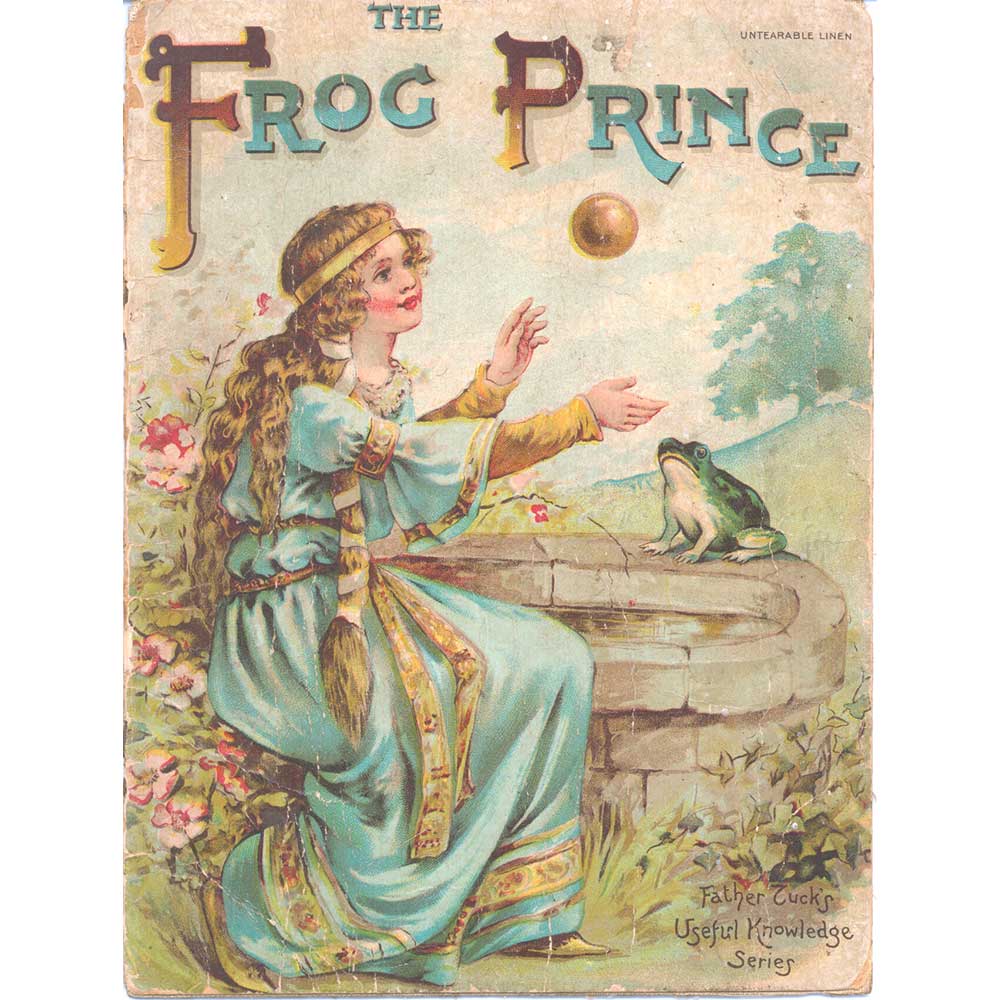
Frog Prince by Raphael Tuck
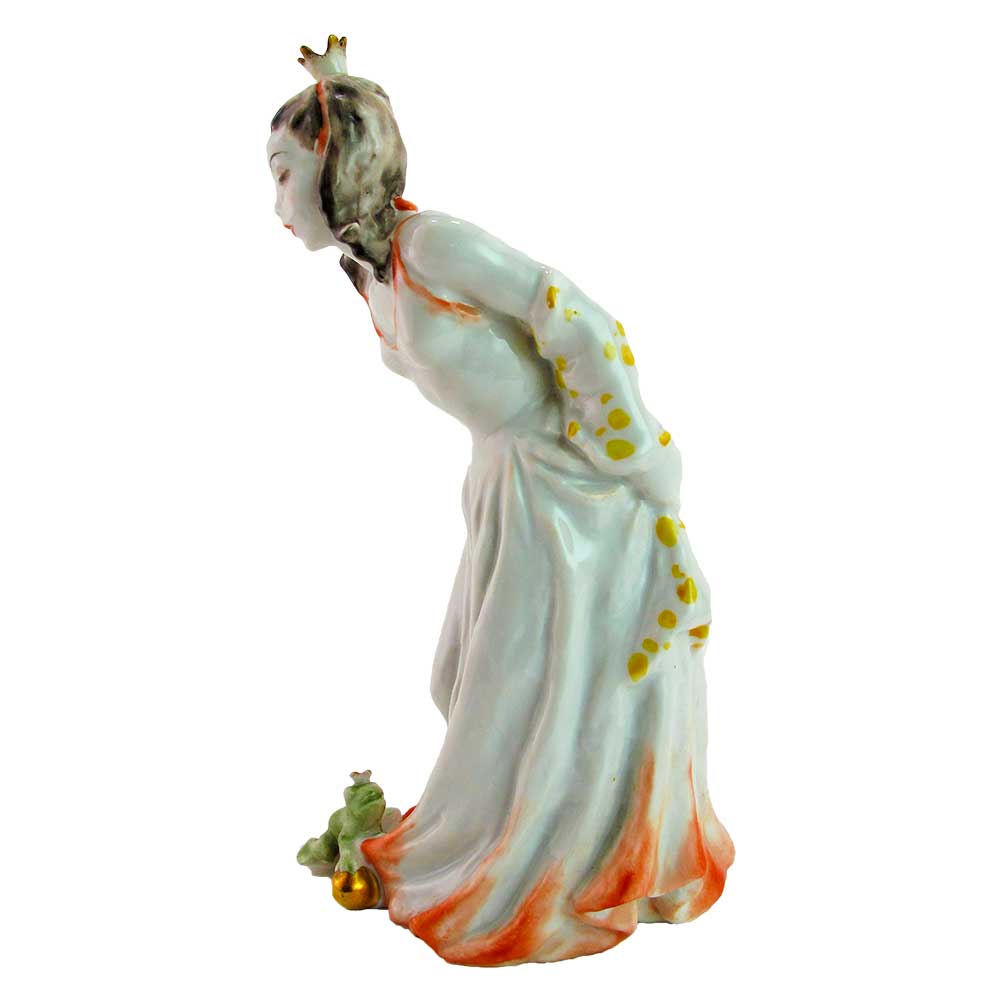
Rosenthal Frog Princess
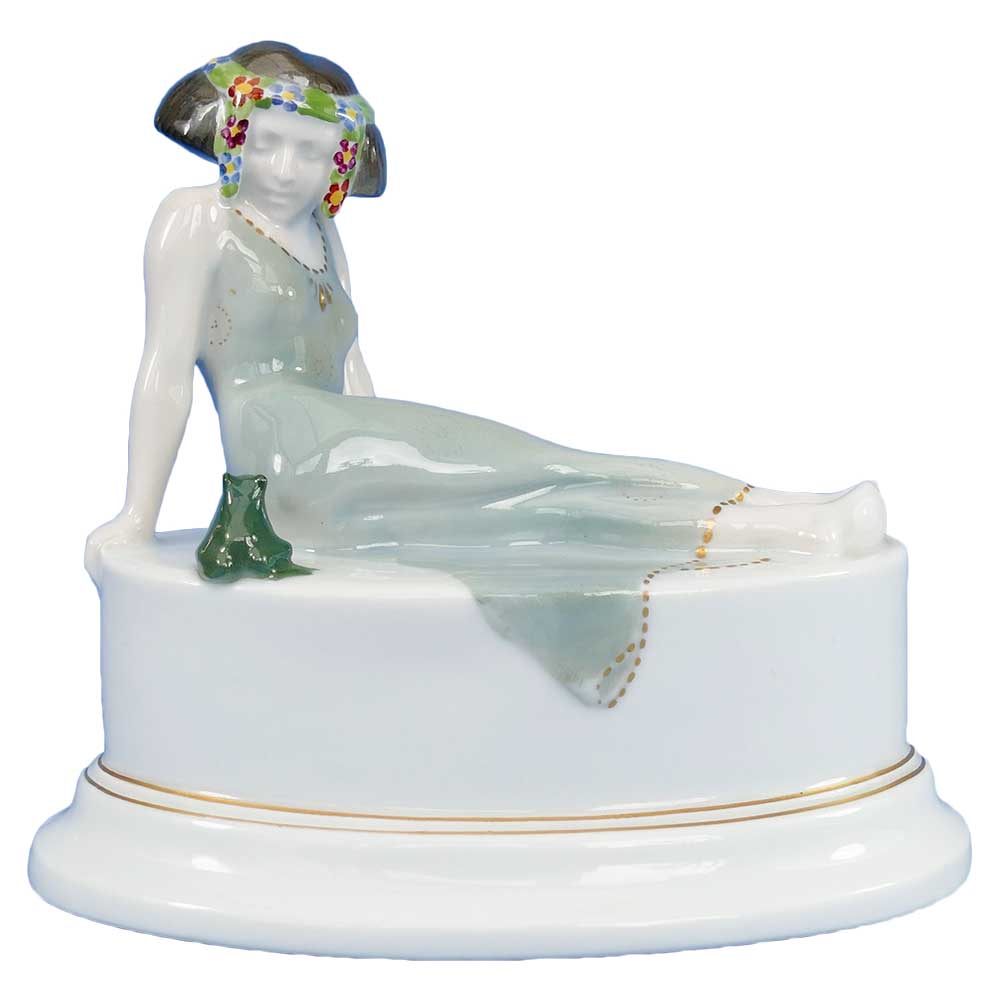
Rosenthal Princess & Frog by L.Rauth
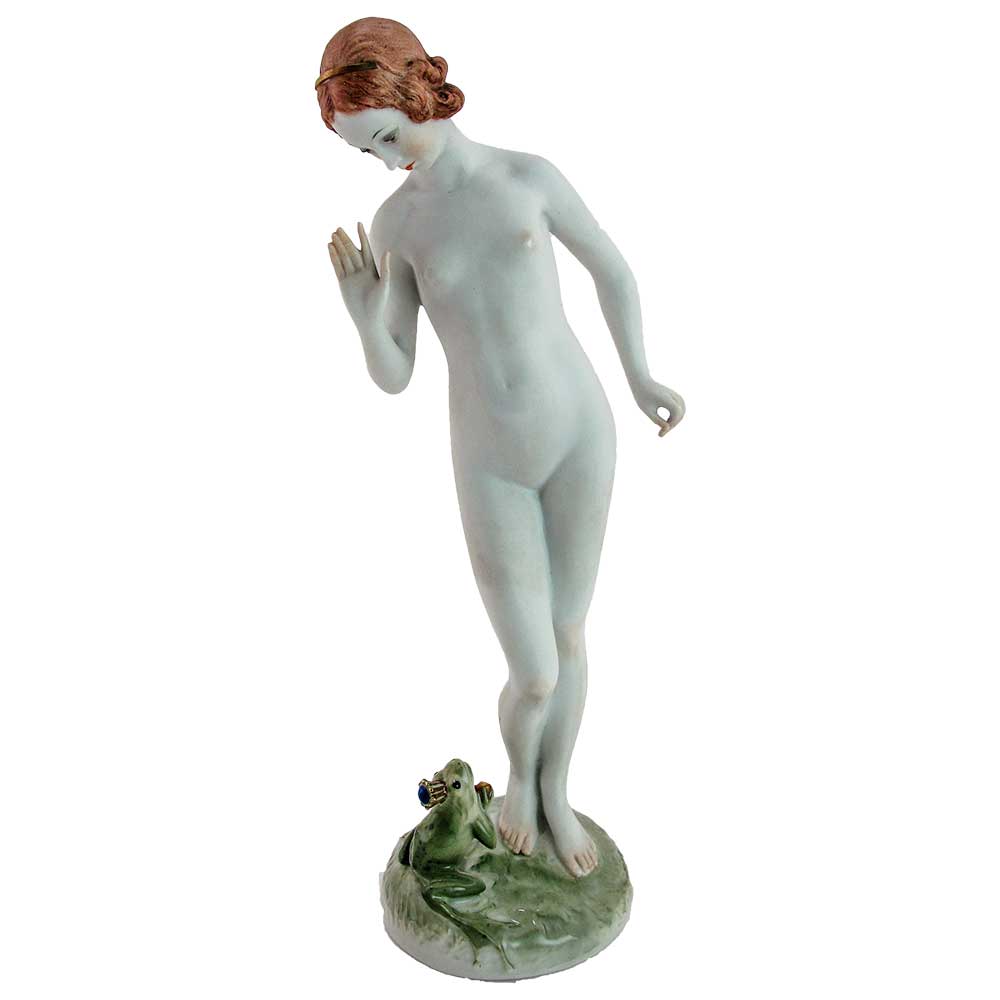
Rosenthal Frog Princess
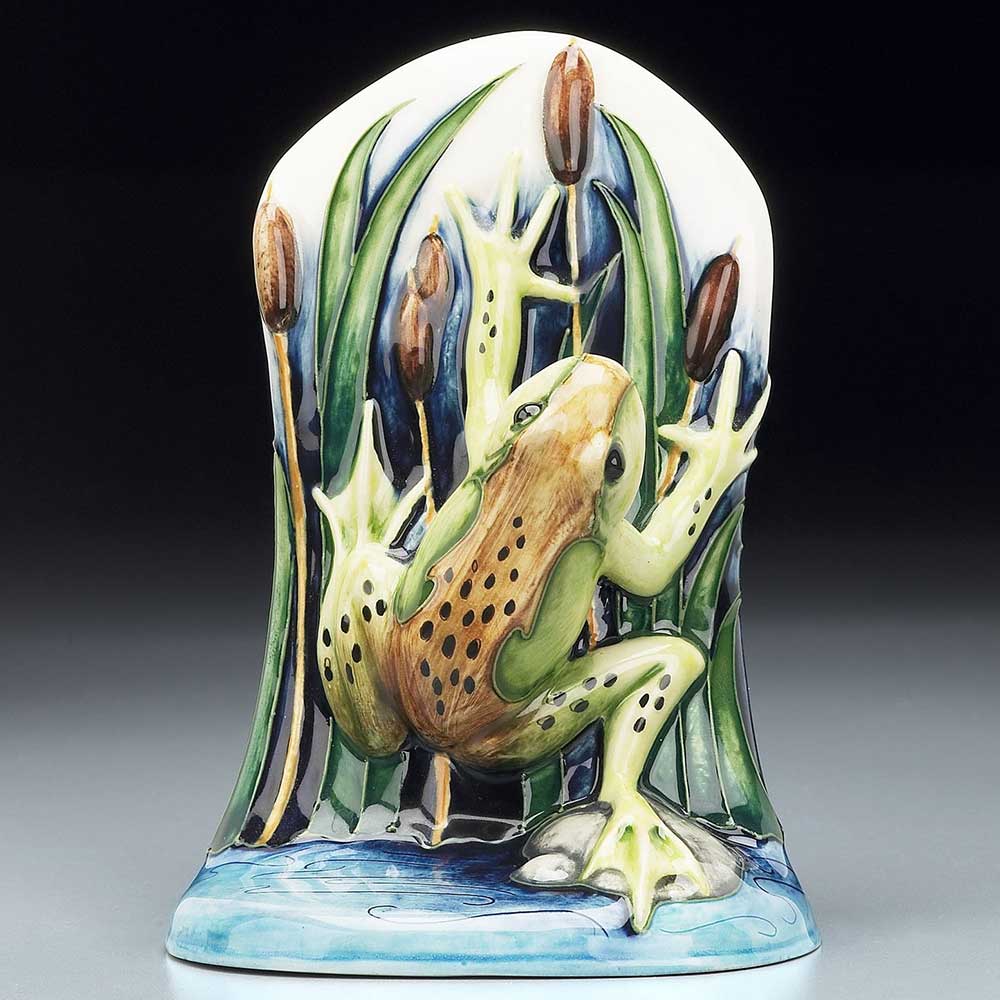
Moorcroft Frog
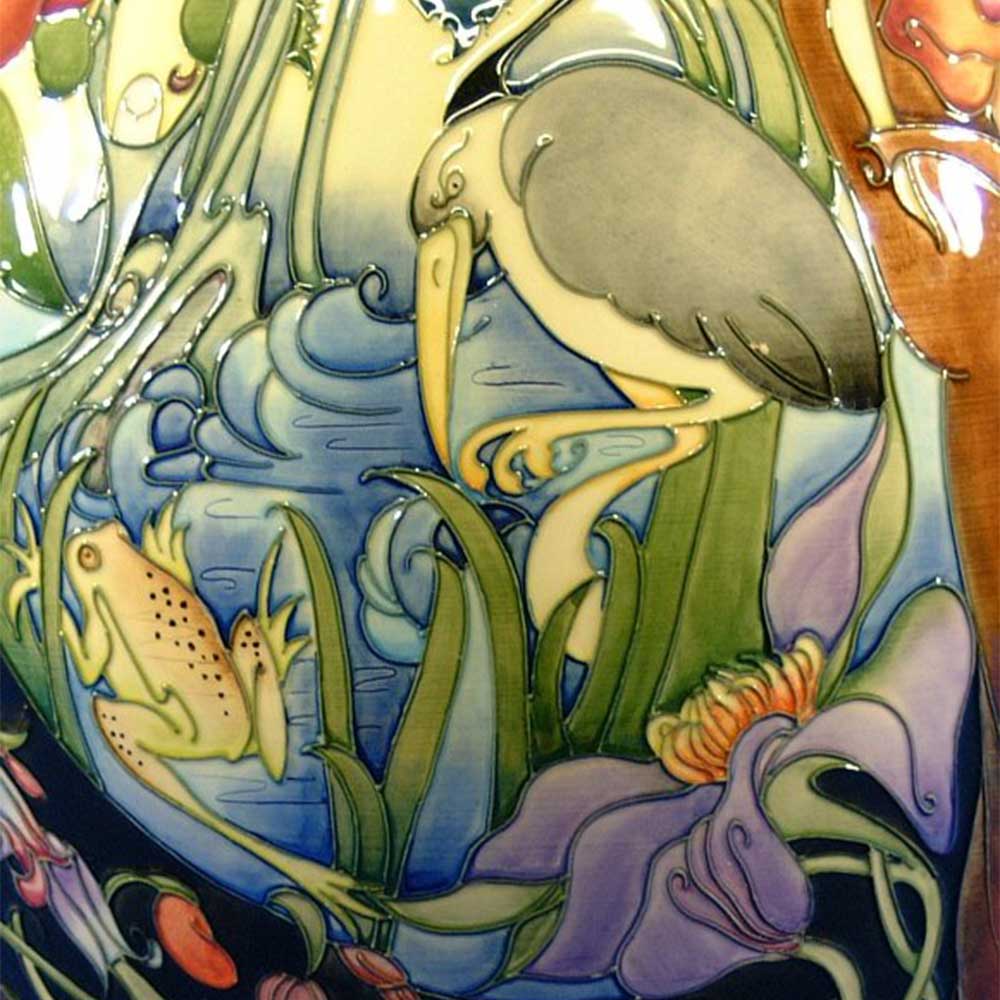
Moorcroft Hidden Dreams Heron & Frog detail
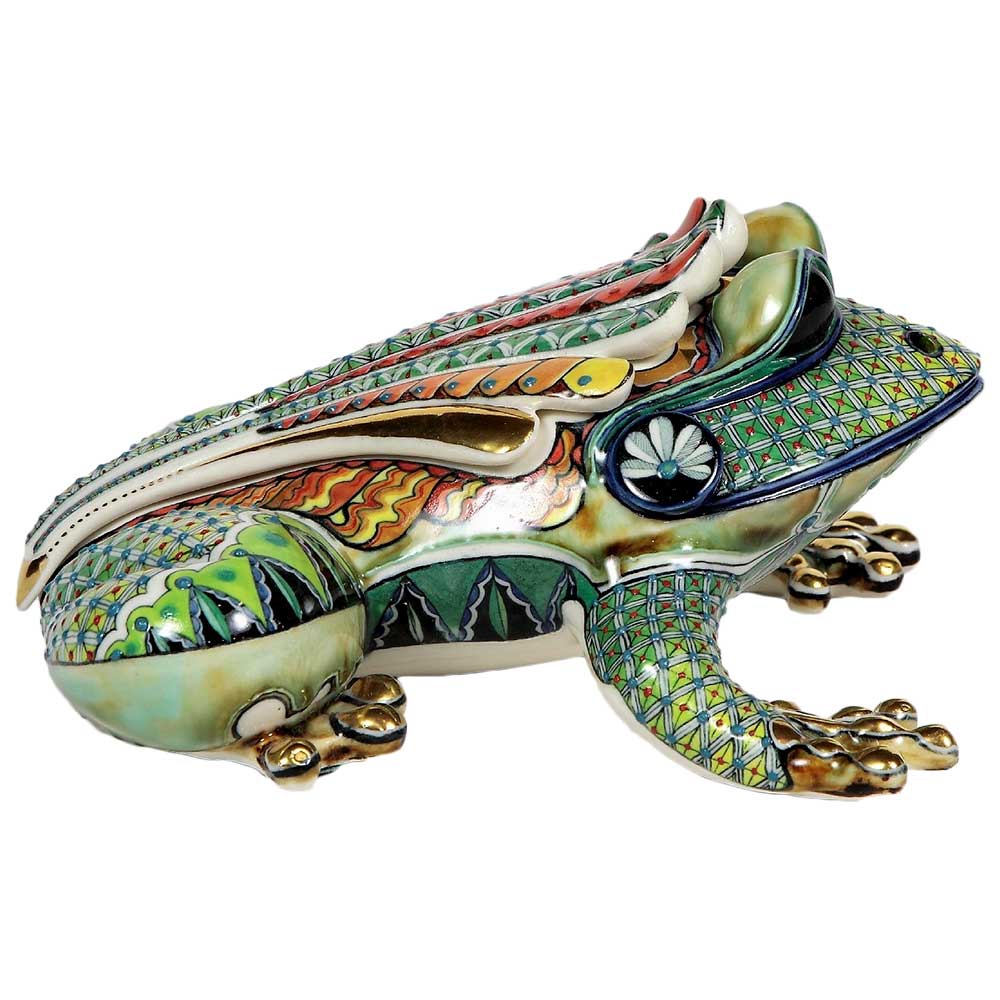
Frog by D. Burnham Smith
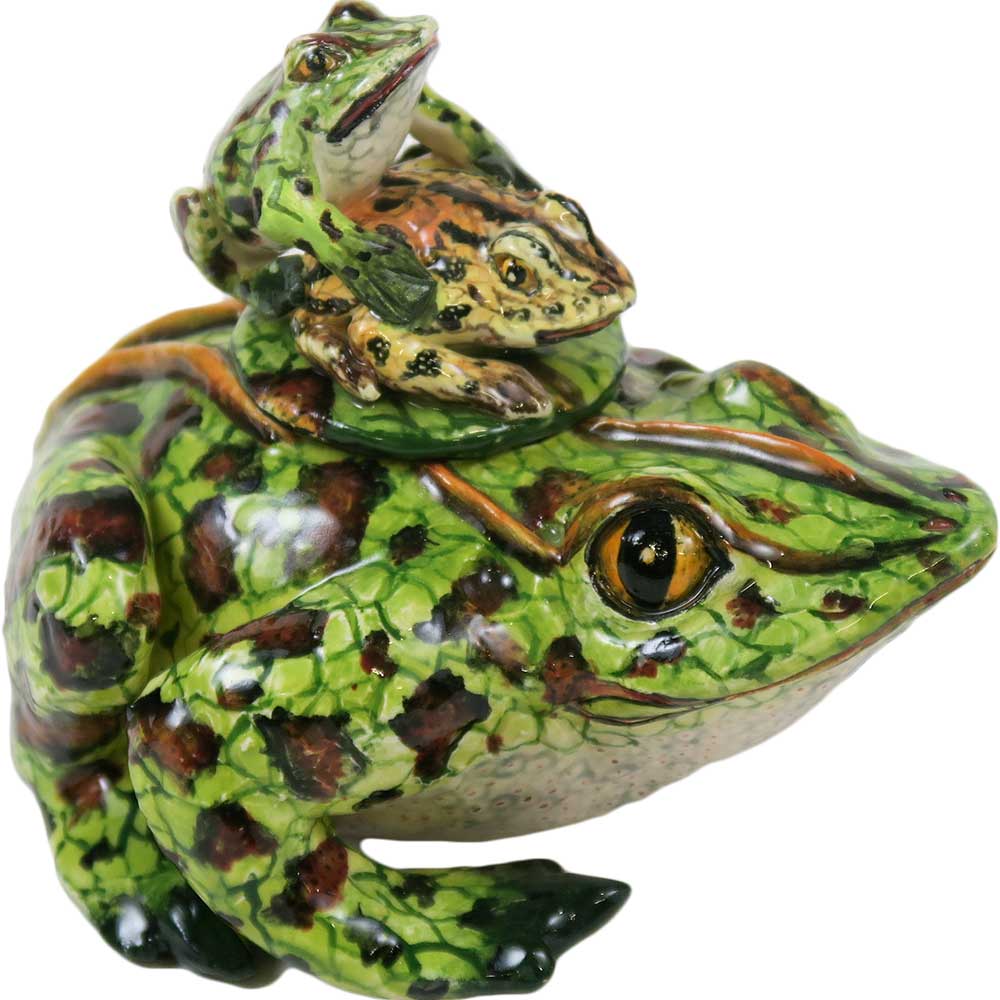
Ardmore Frog
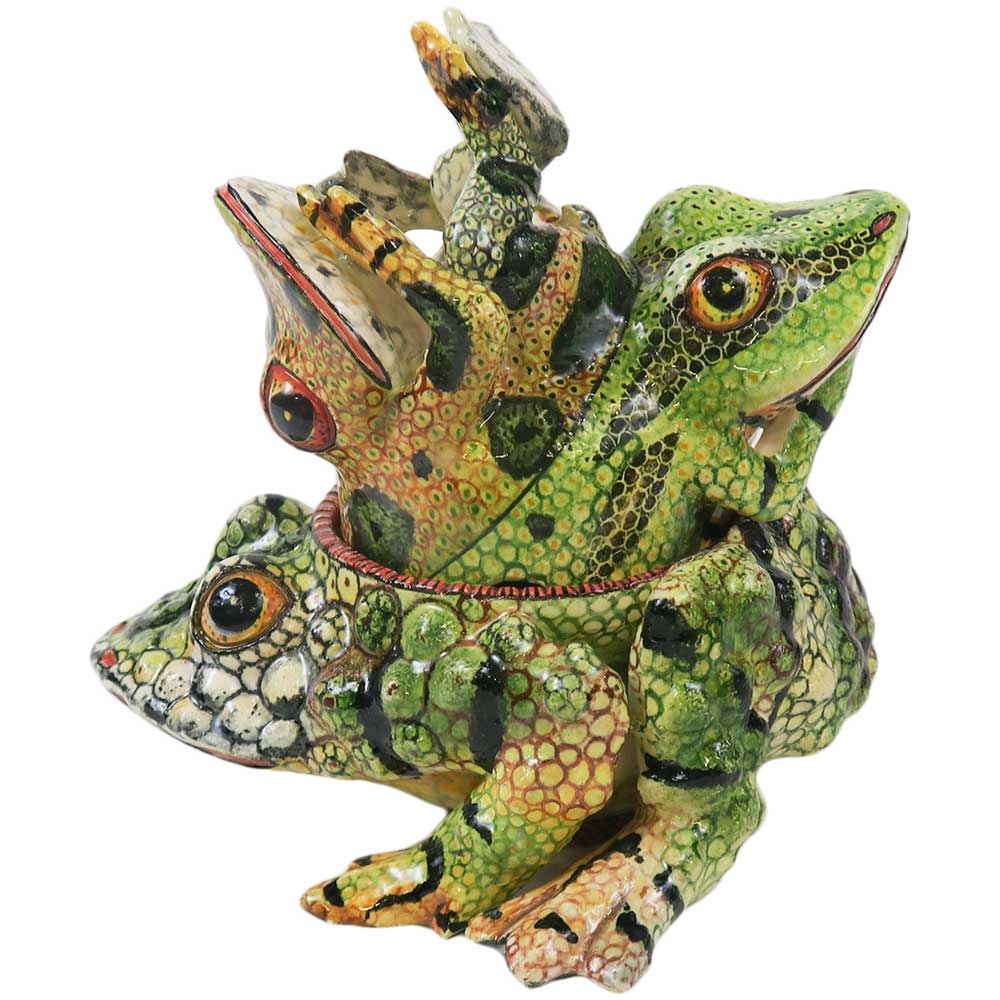
Ardmore Frog Box by Sello & Virginia
For Sale in the Safari for the Soul Exhibit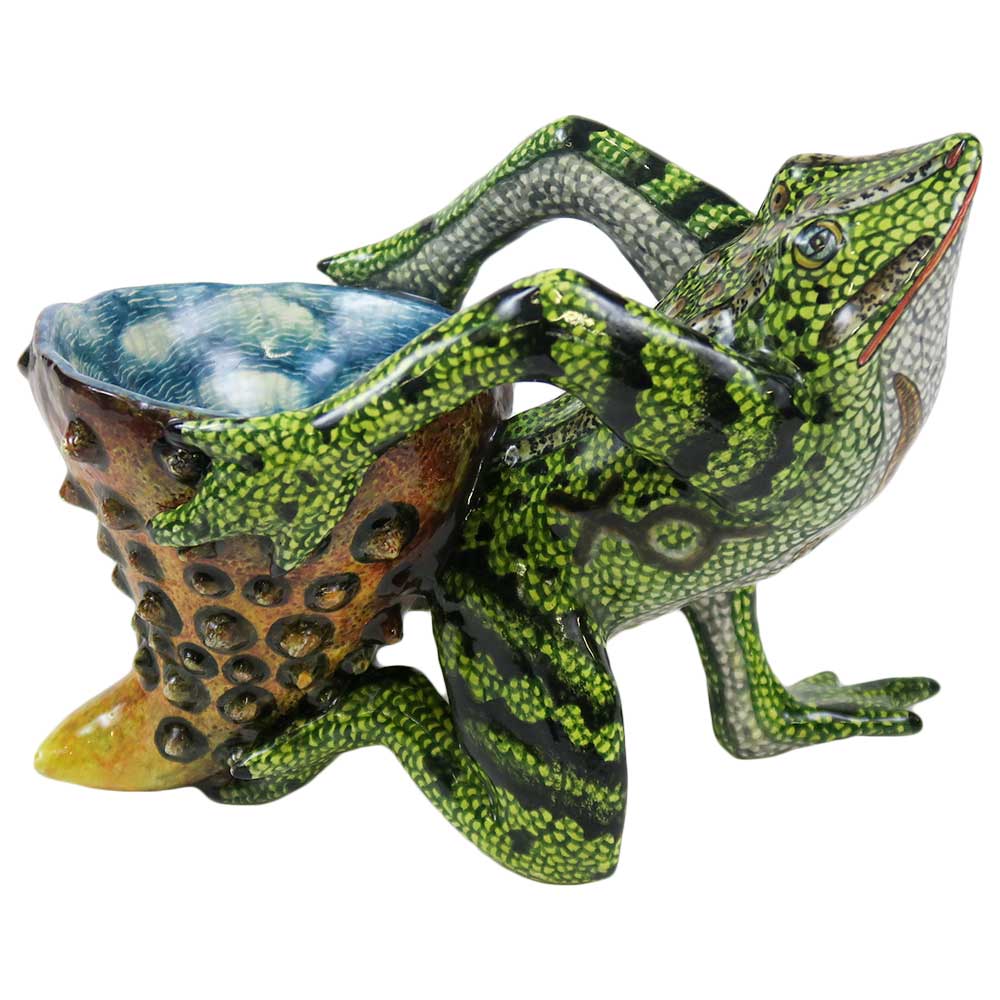
Ardmore Frog Box by Sello & Virginia.
For sale in the Safari for the Soul Exhibit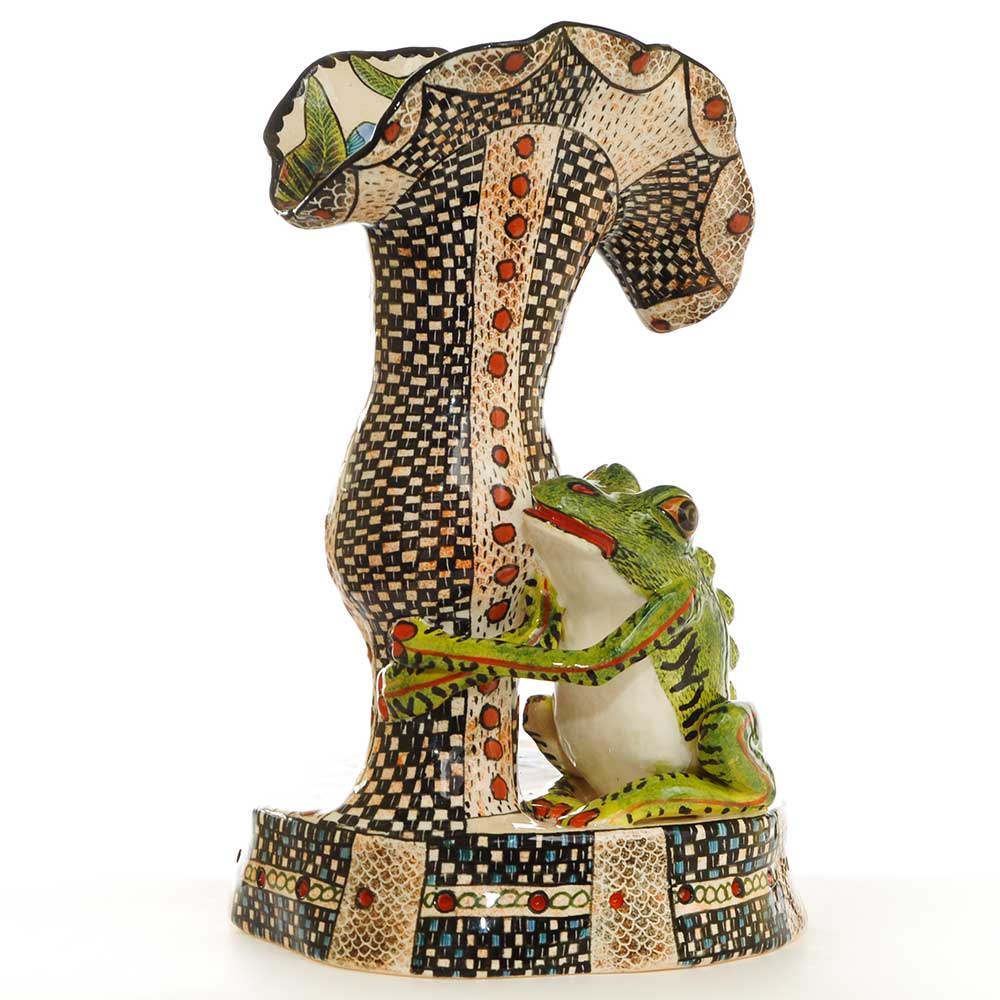
Ardmore Frog Vase by Abraham & Allan.
For sale in the Safari for the Soul Exhibit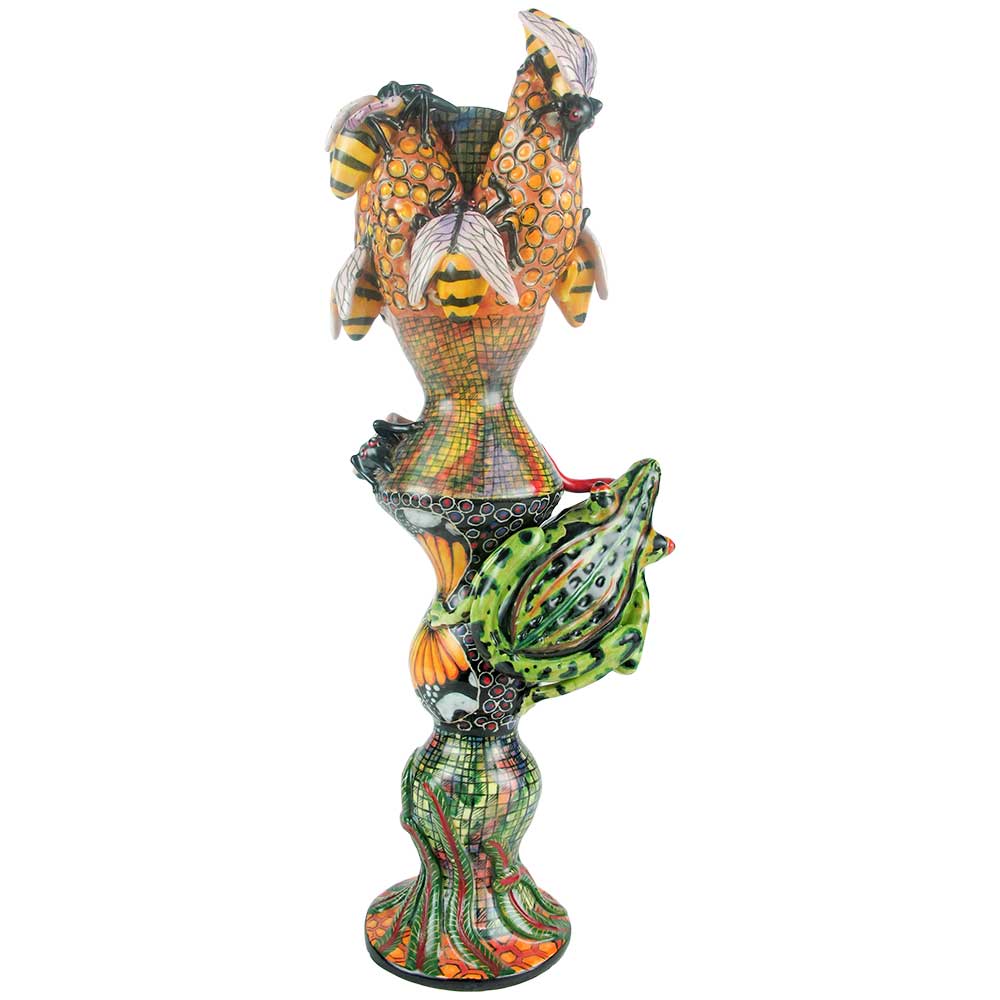
Ardmore Frogs and Bees Vase
